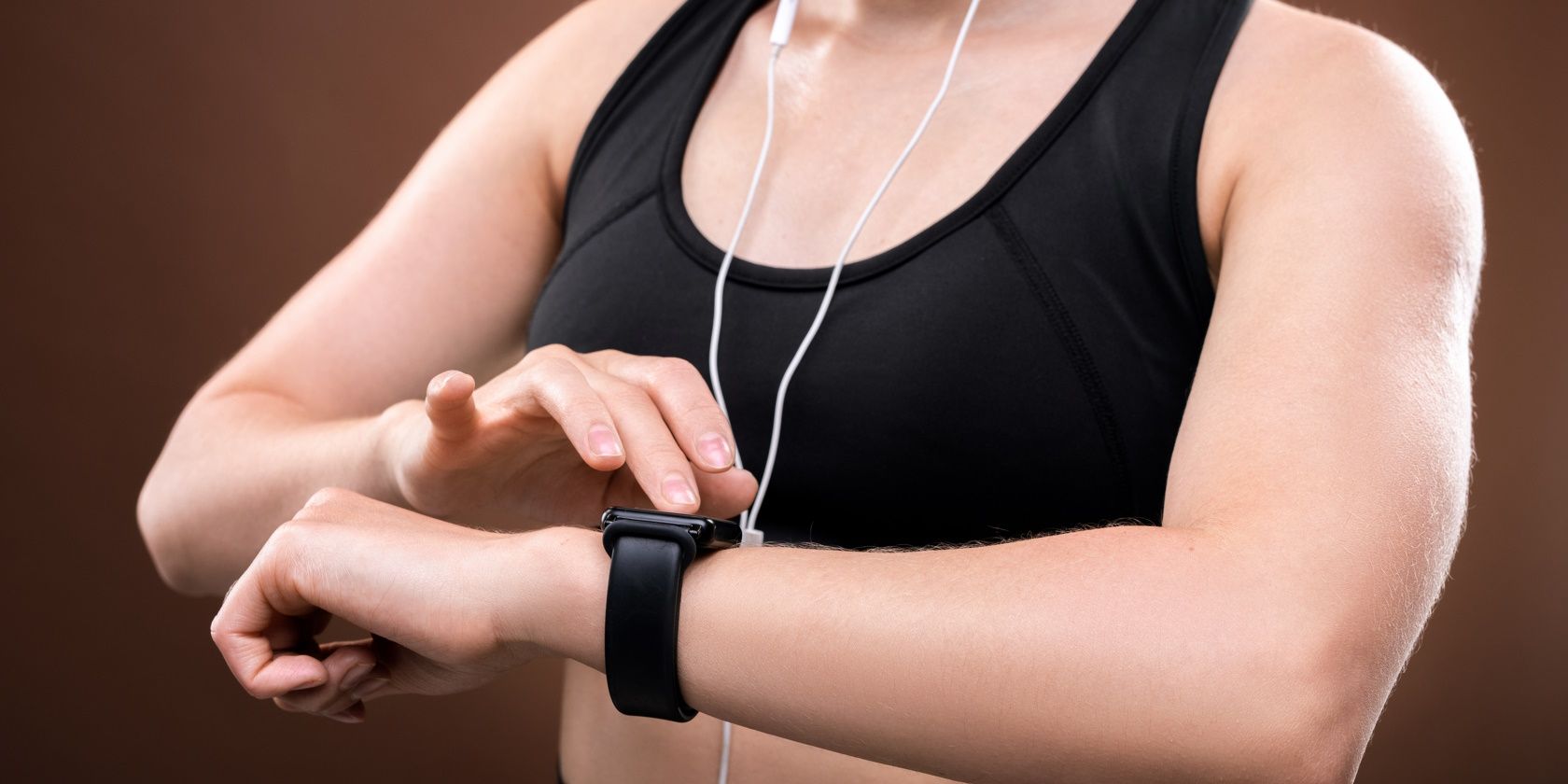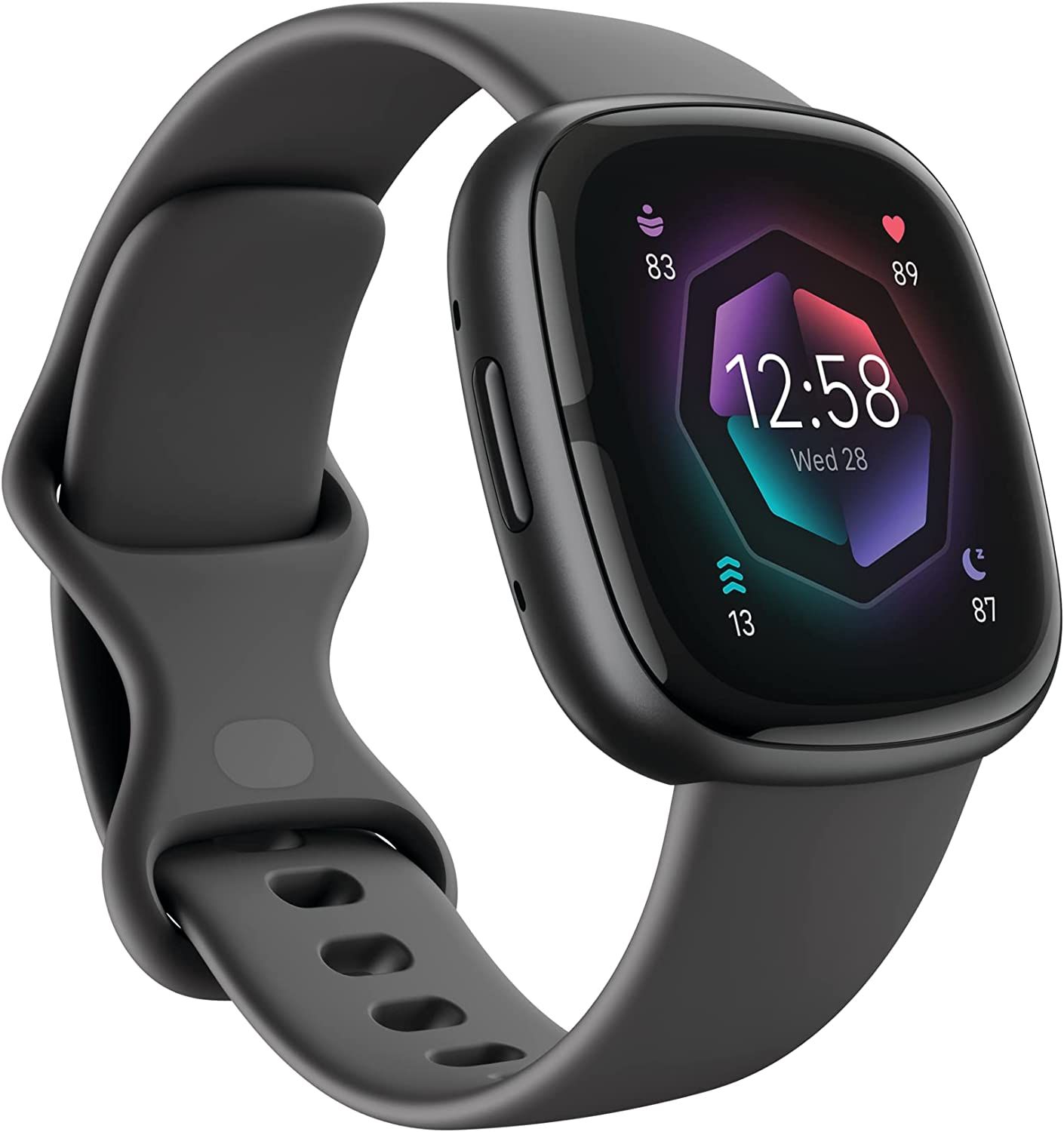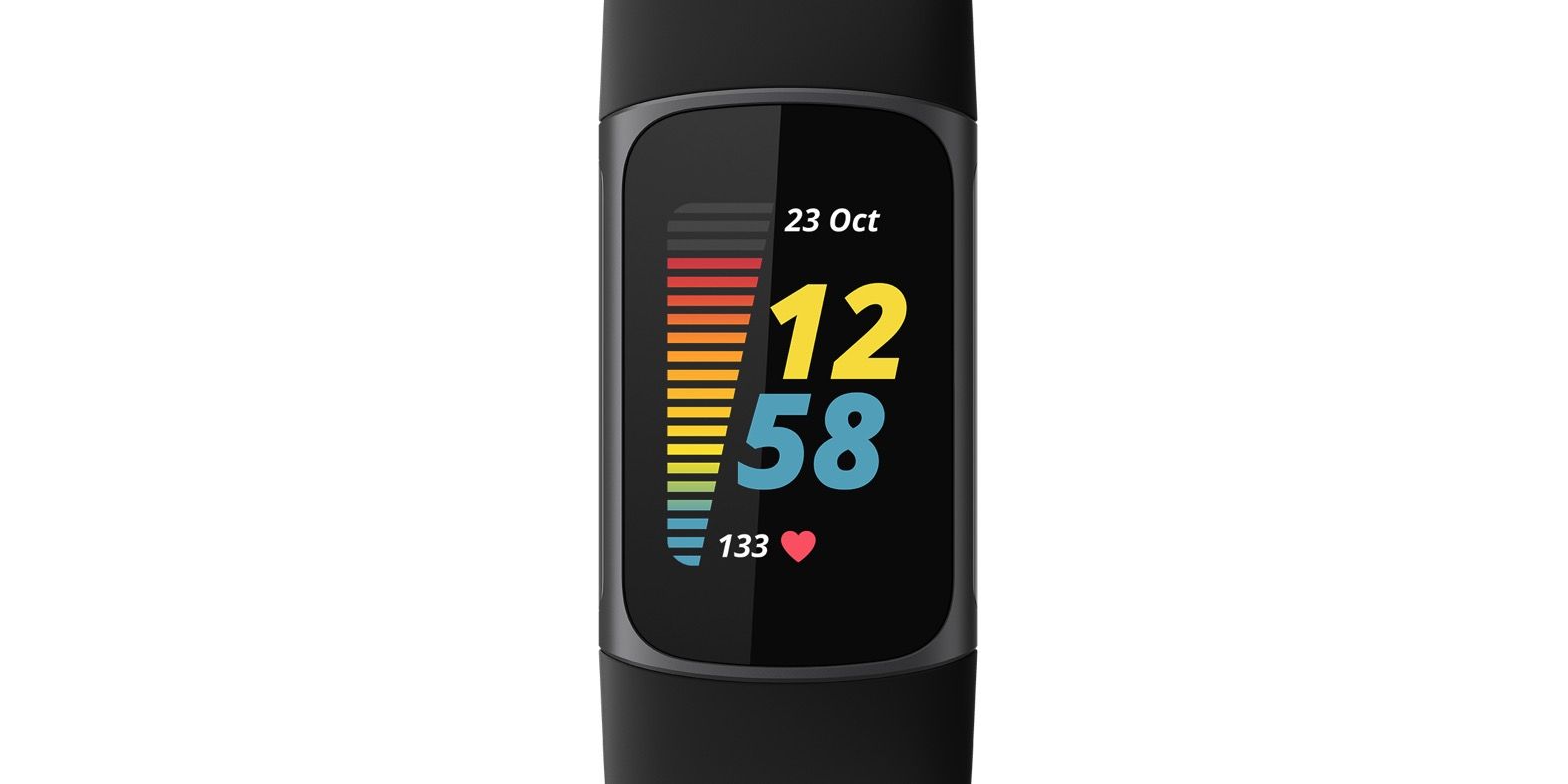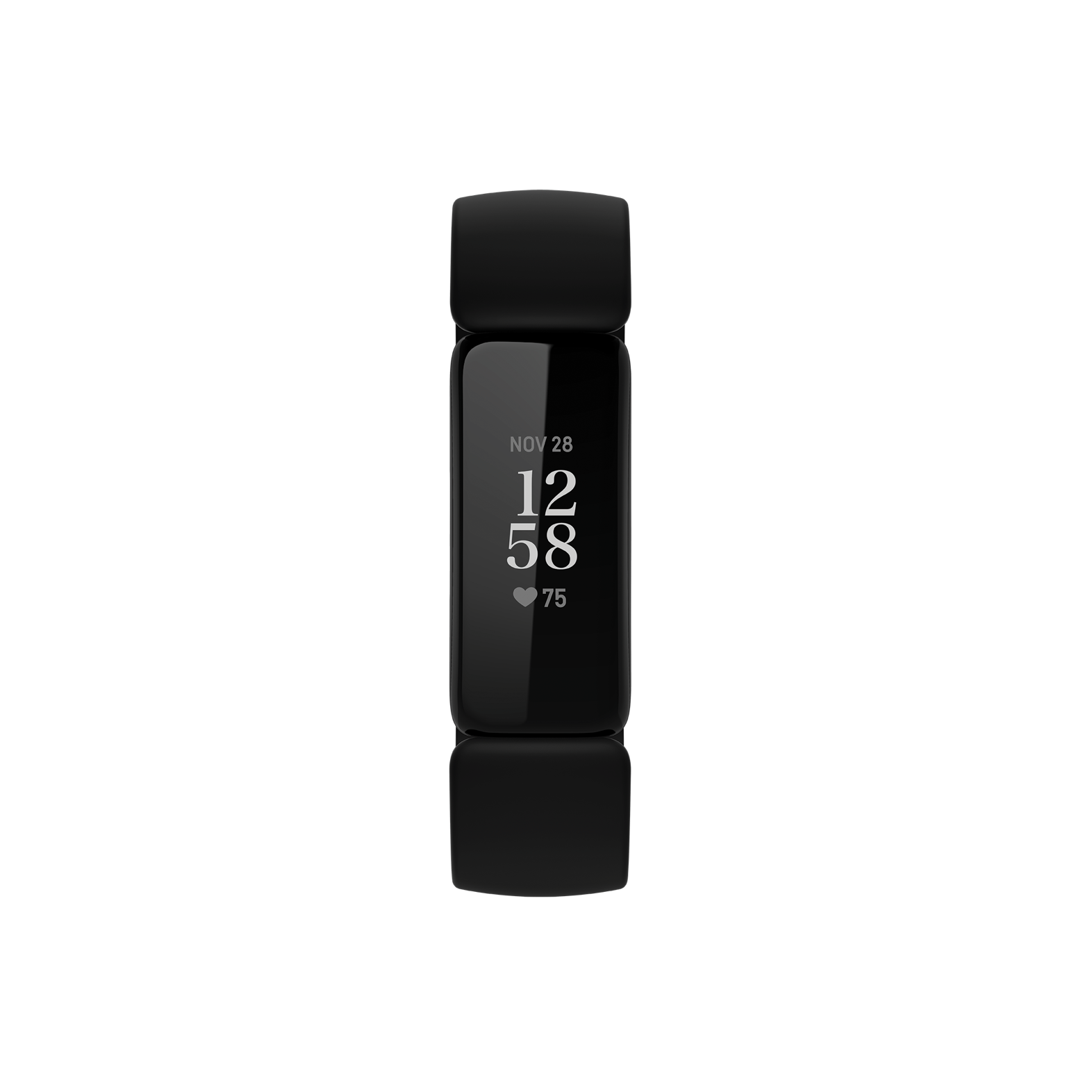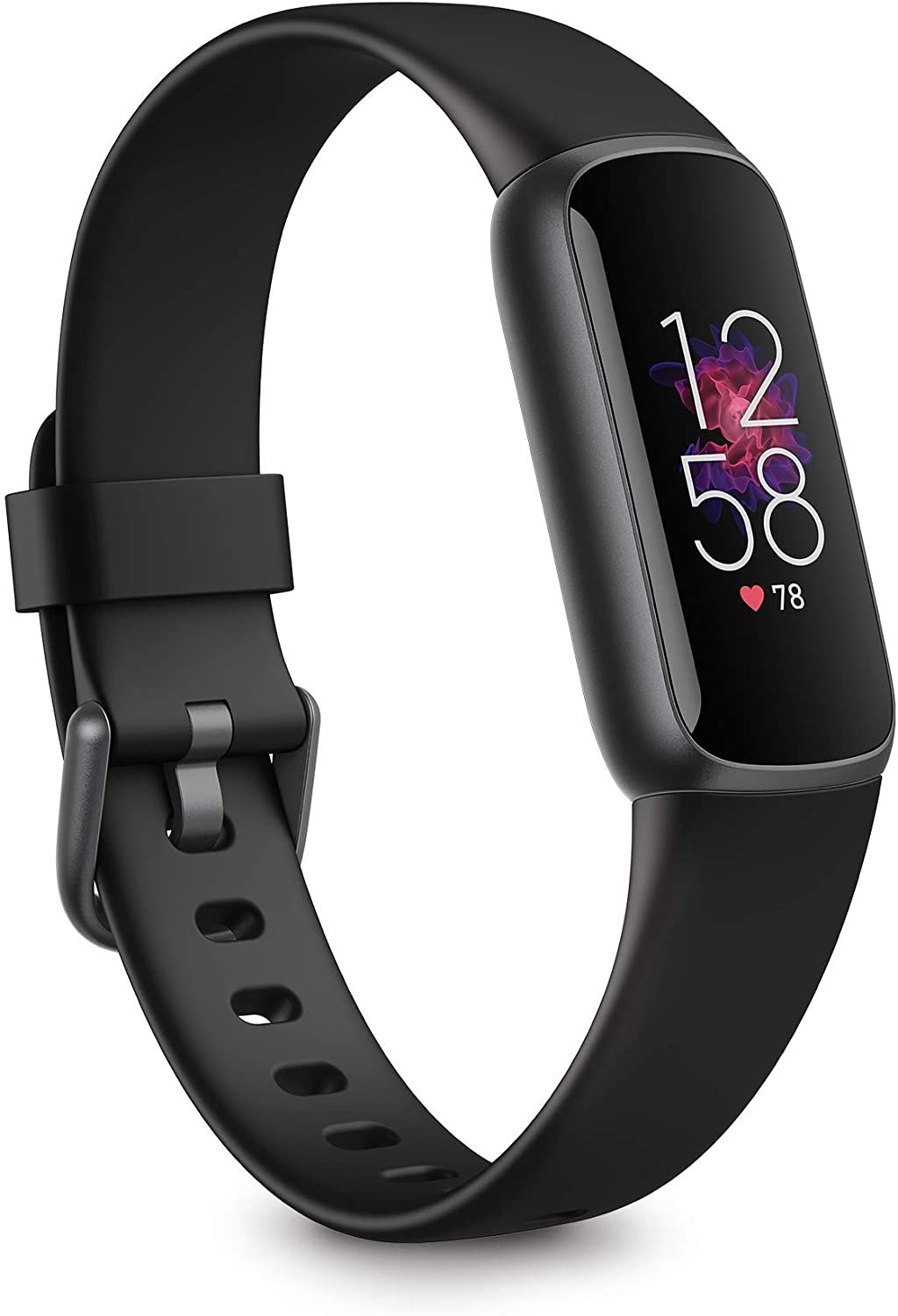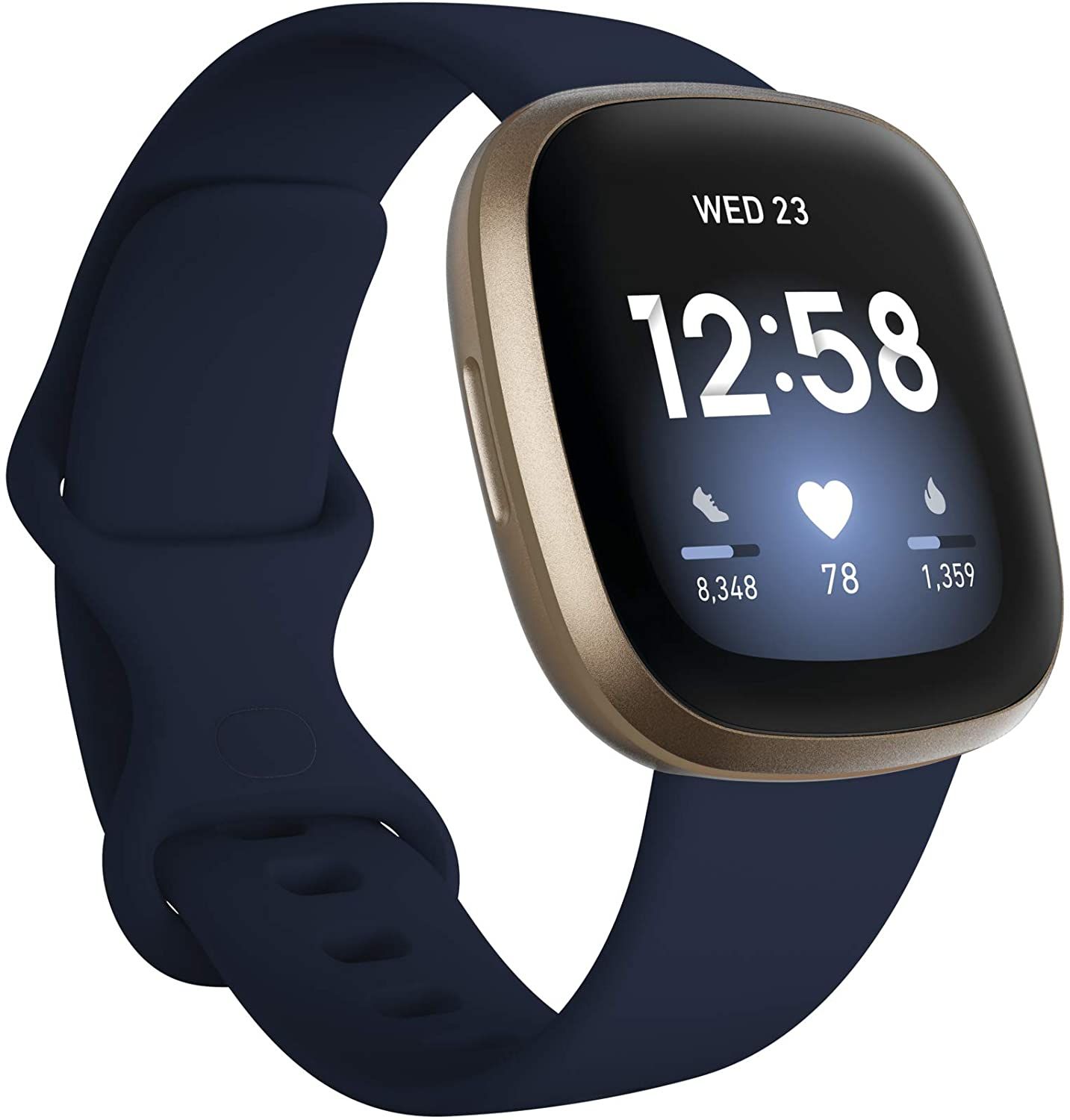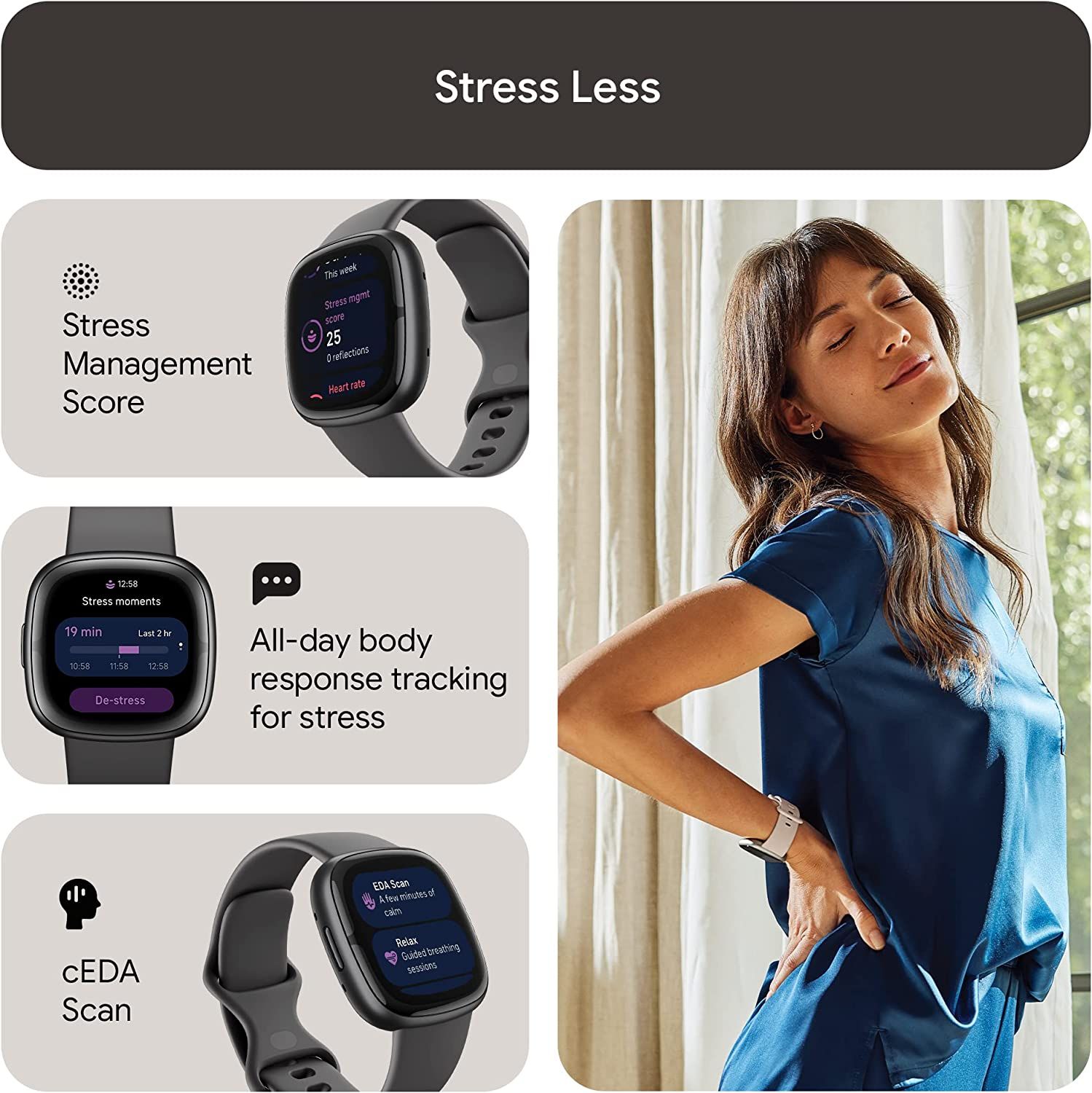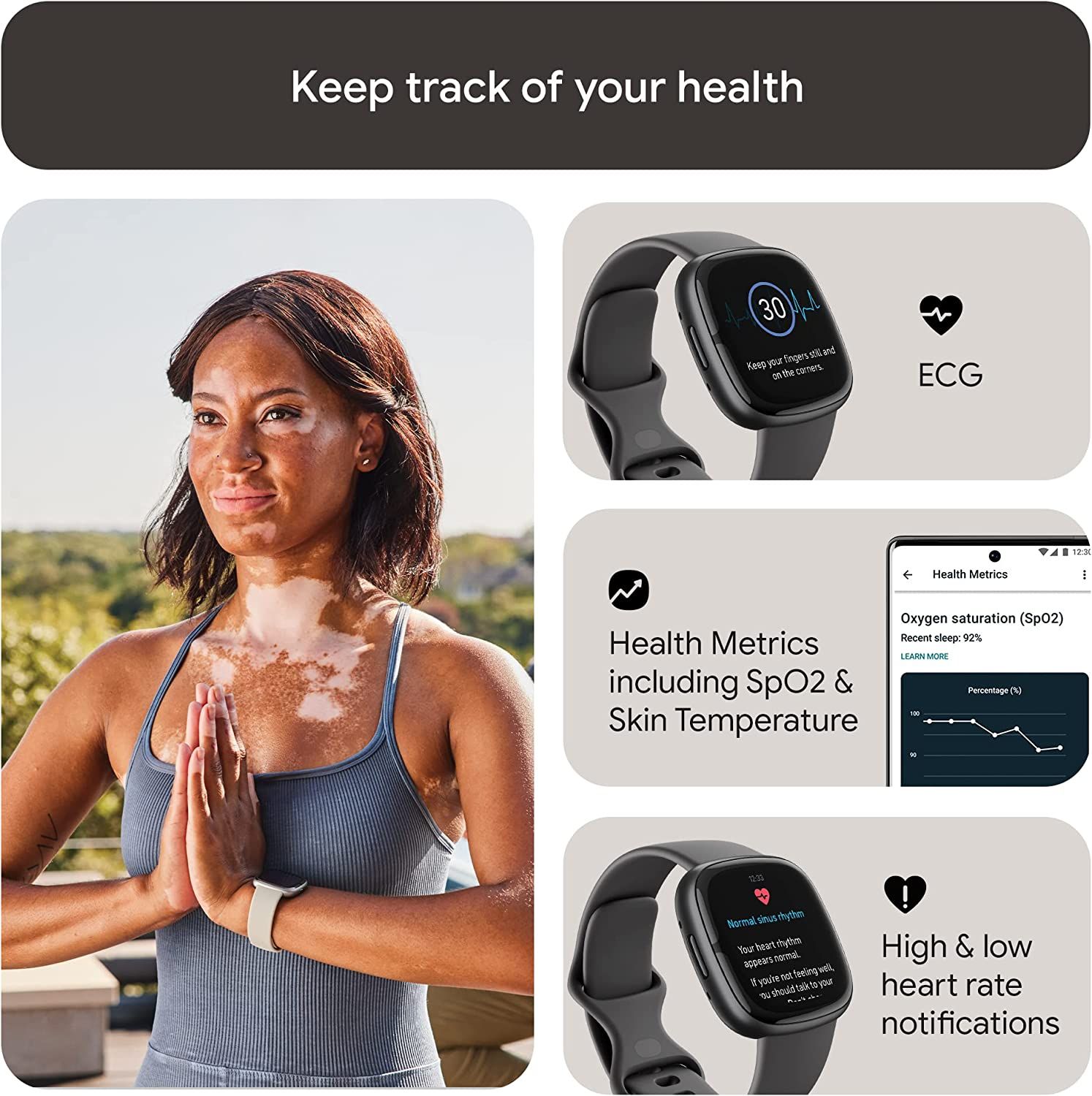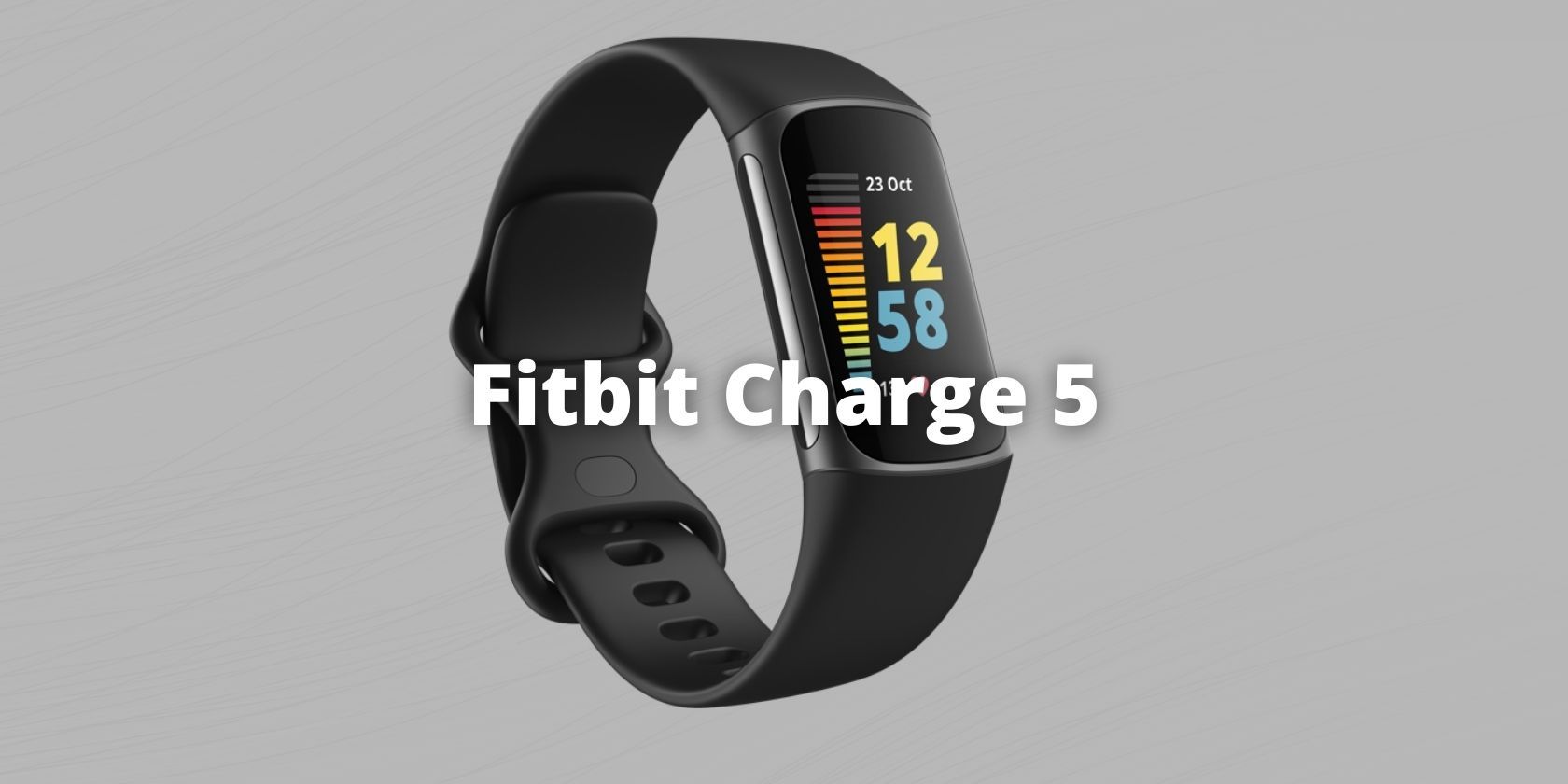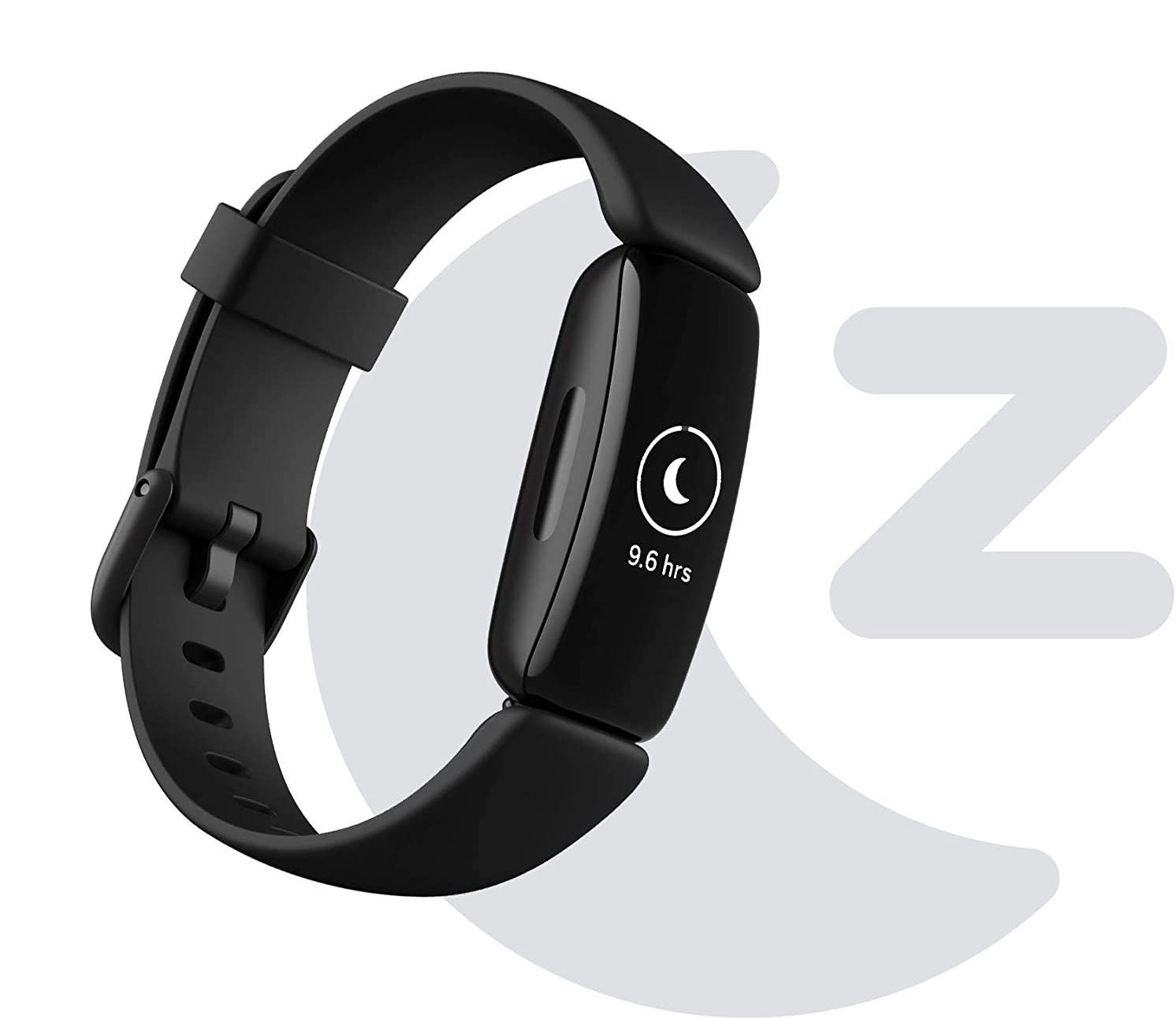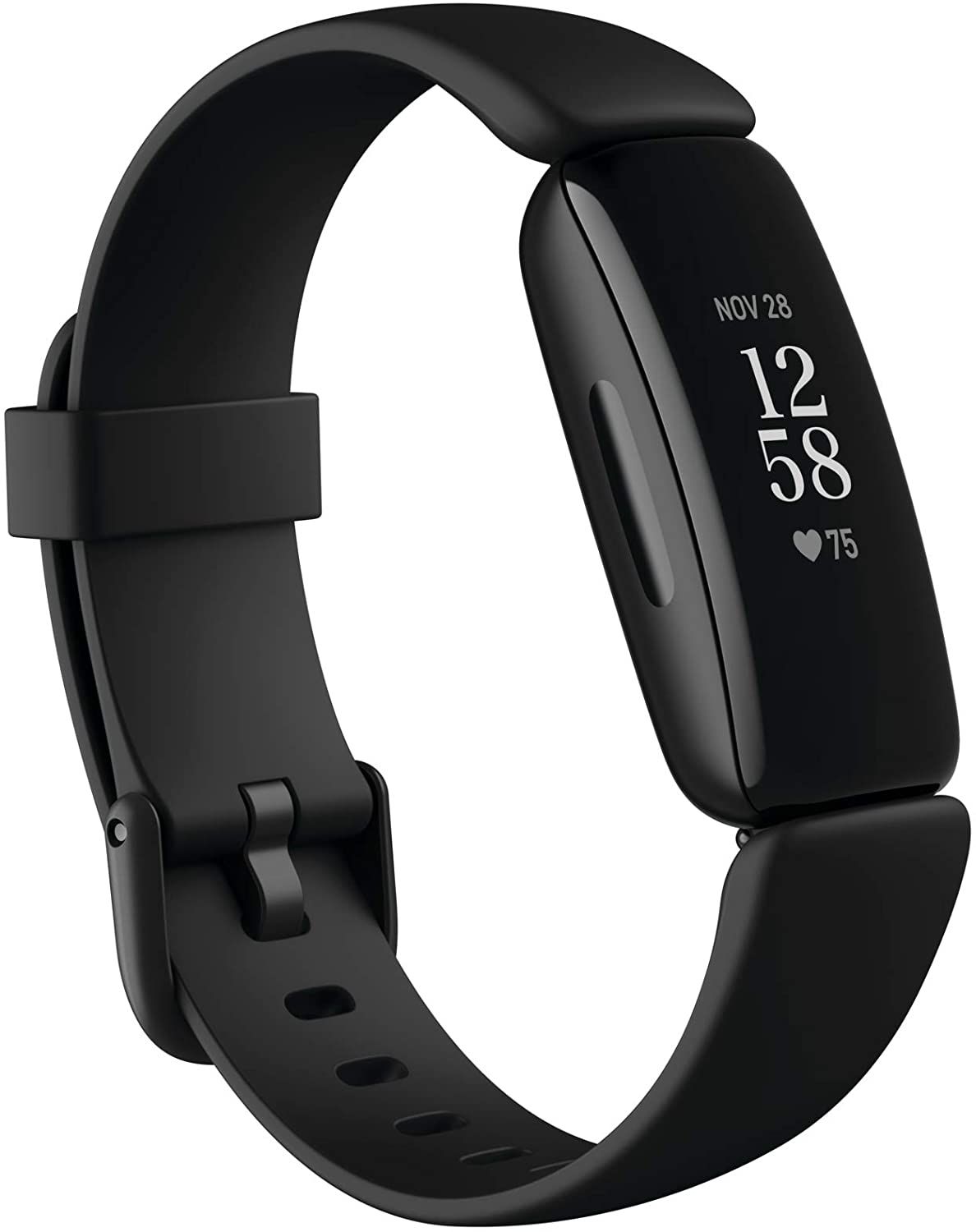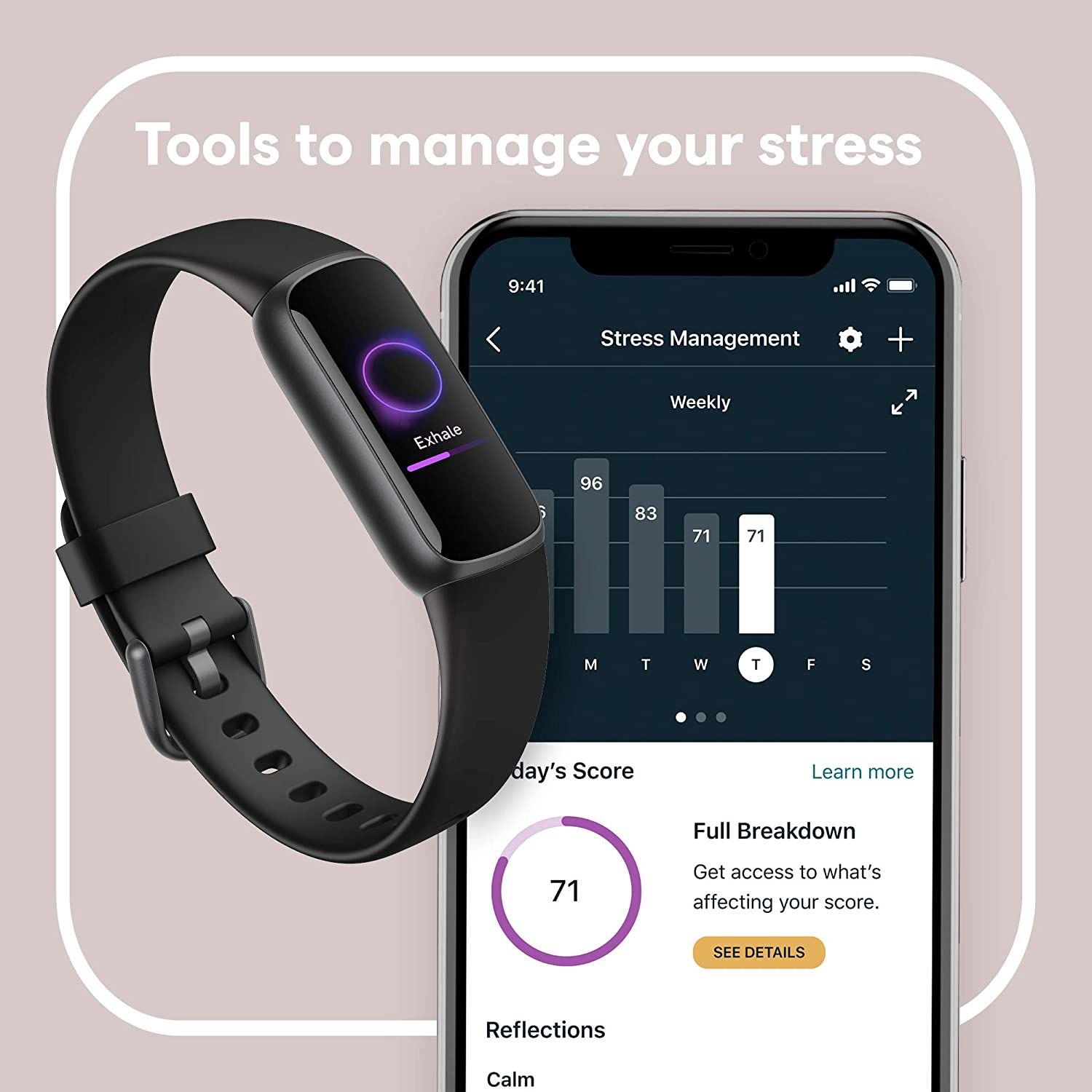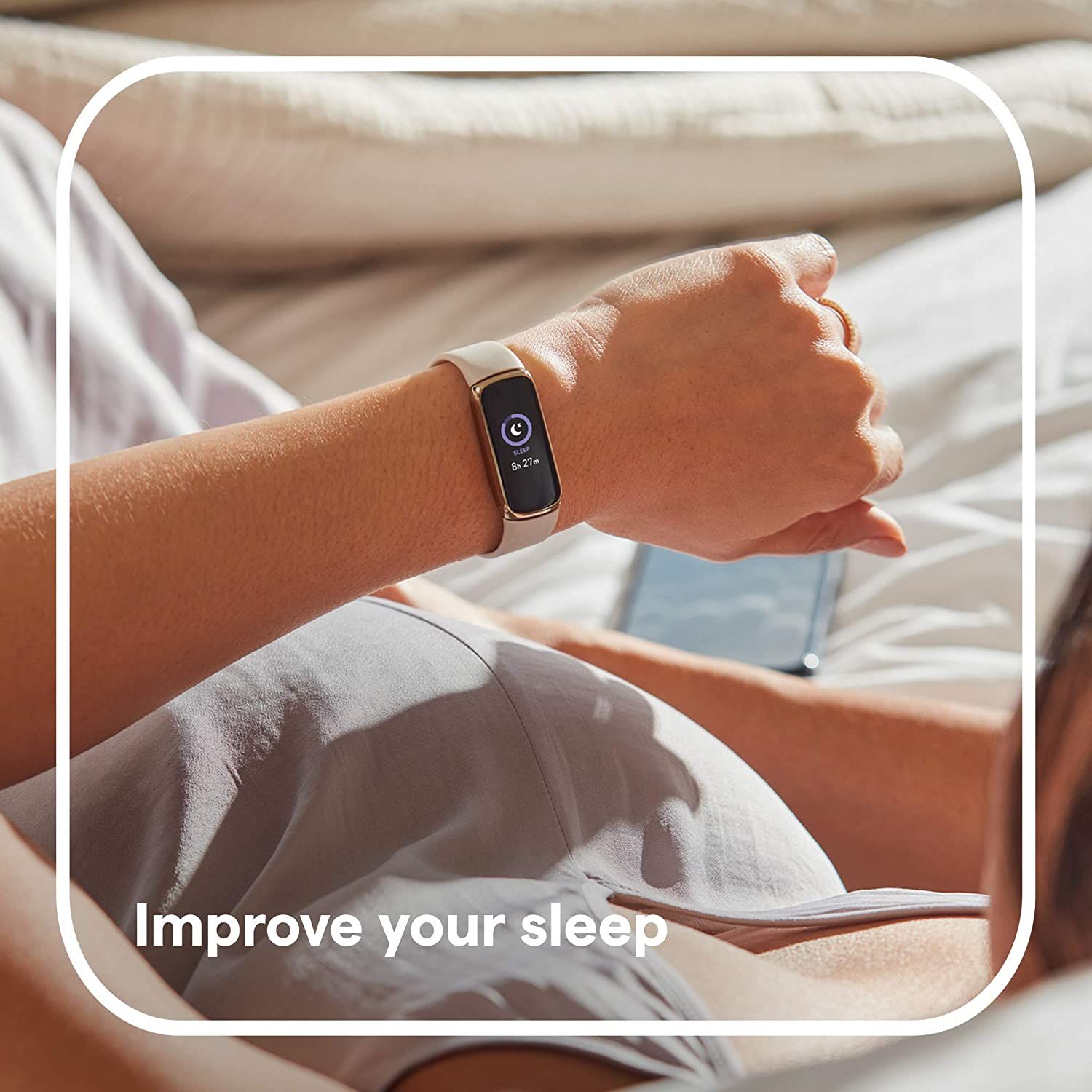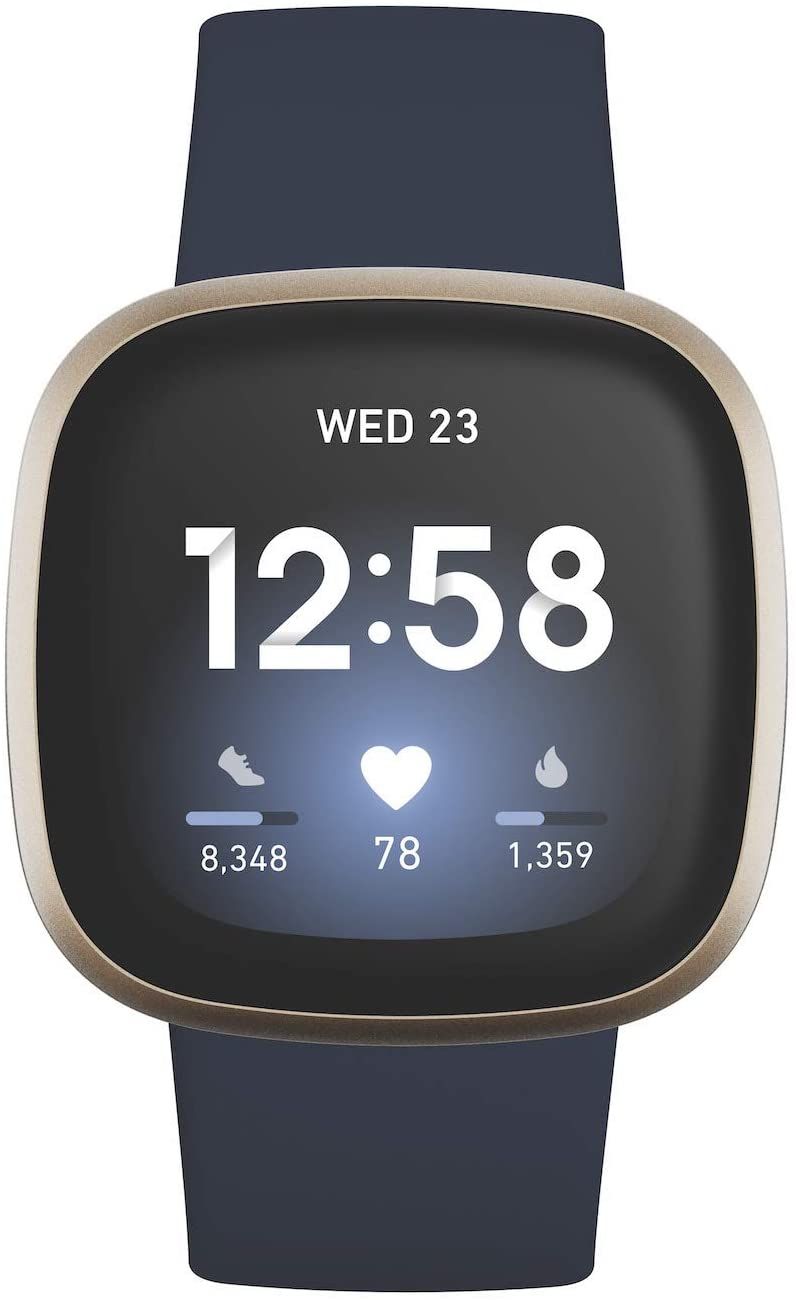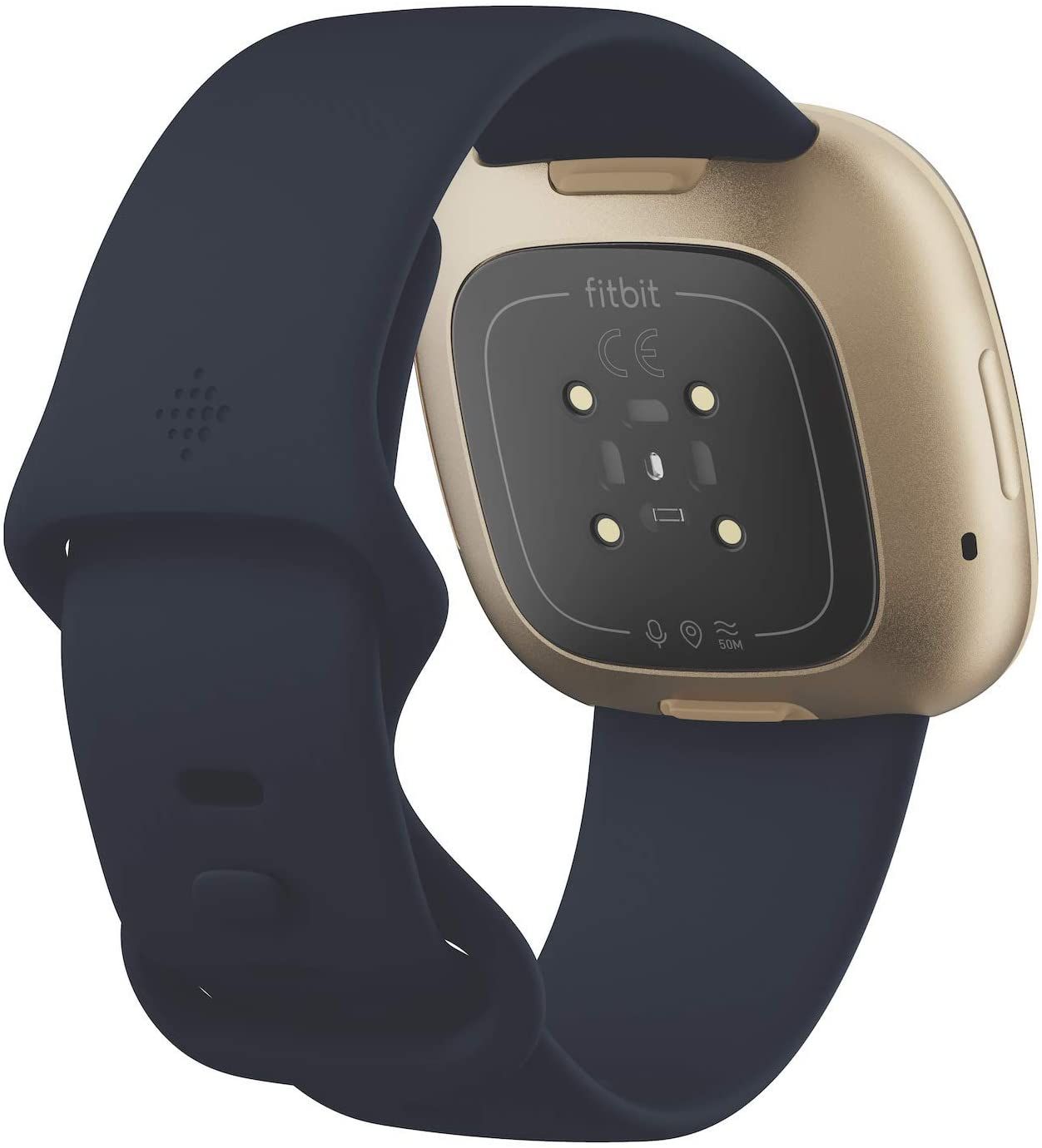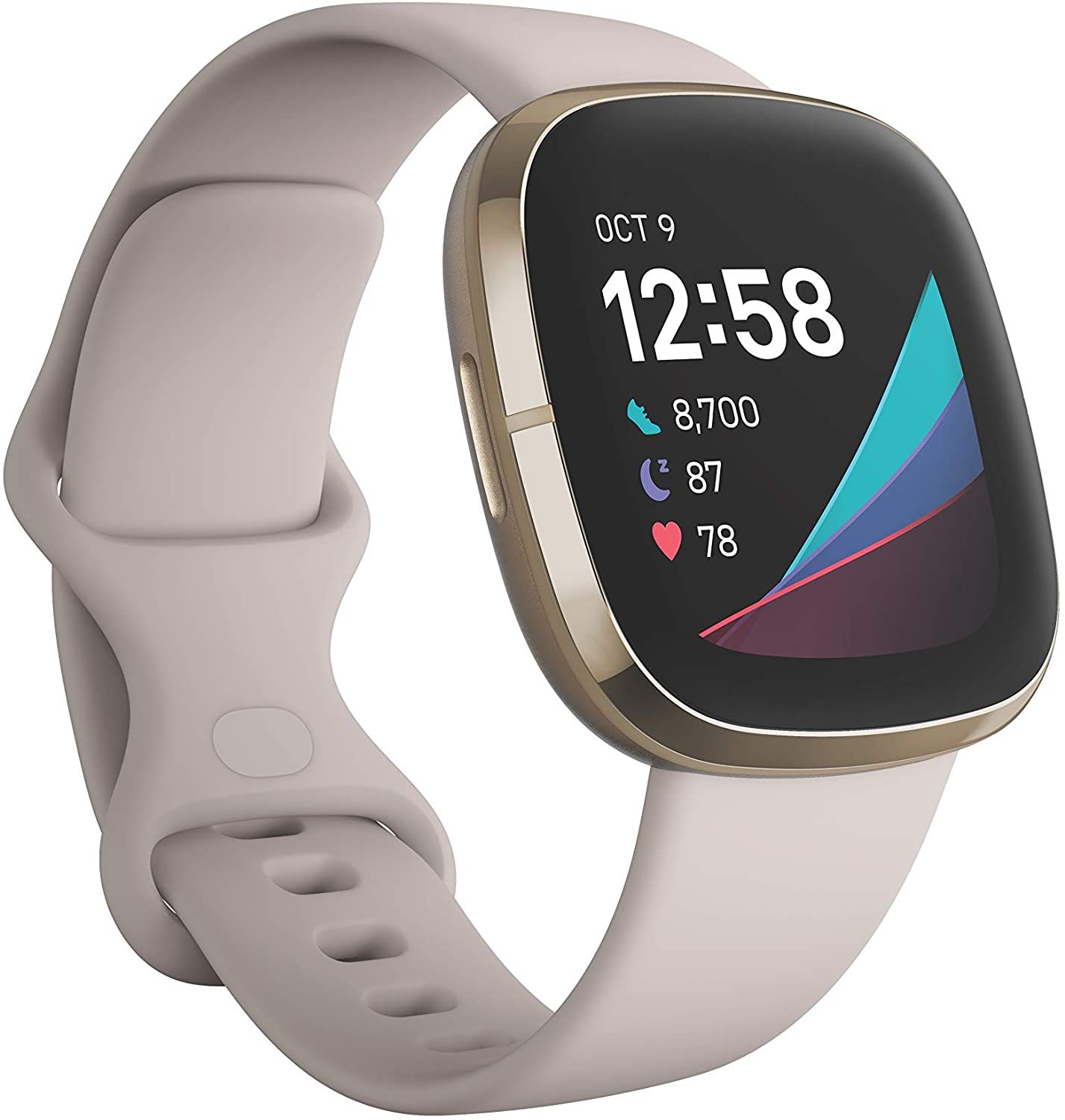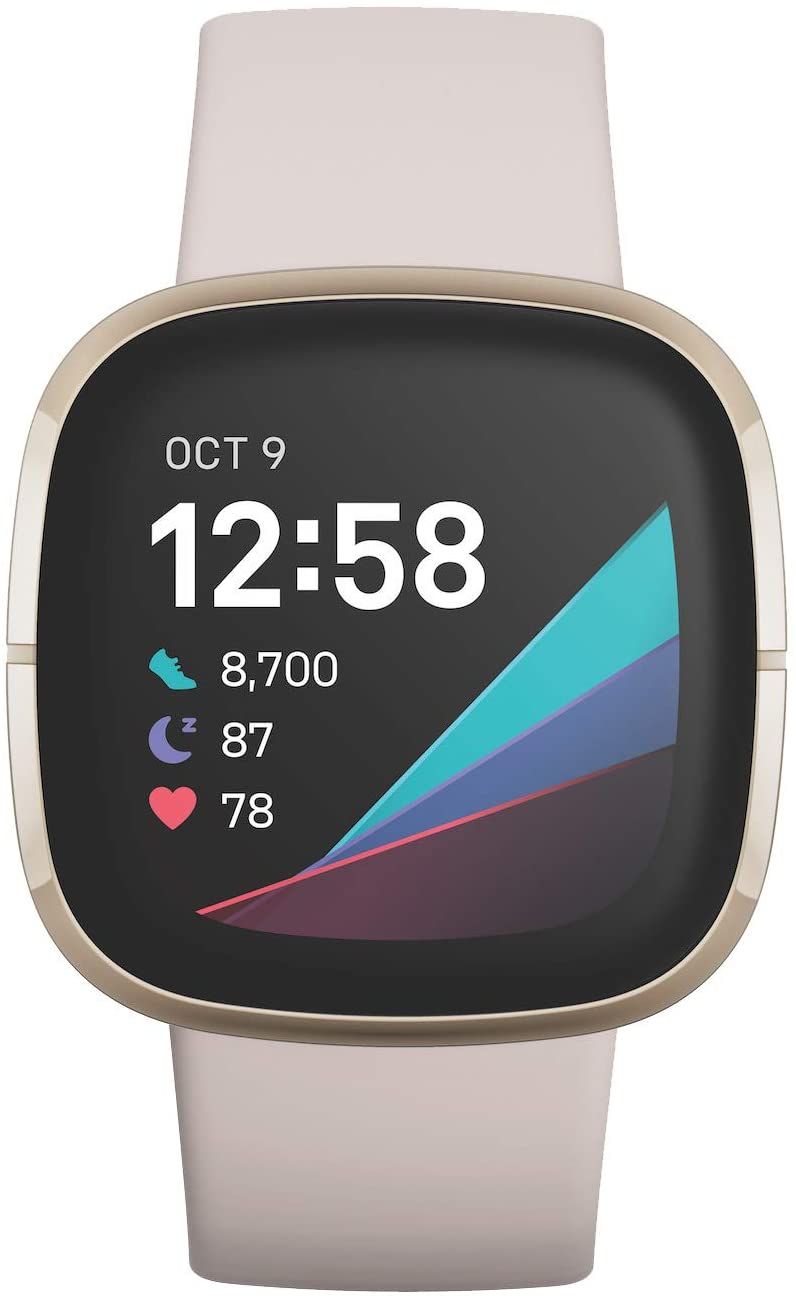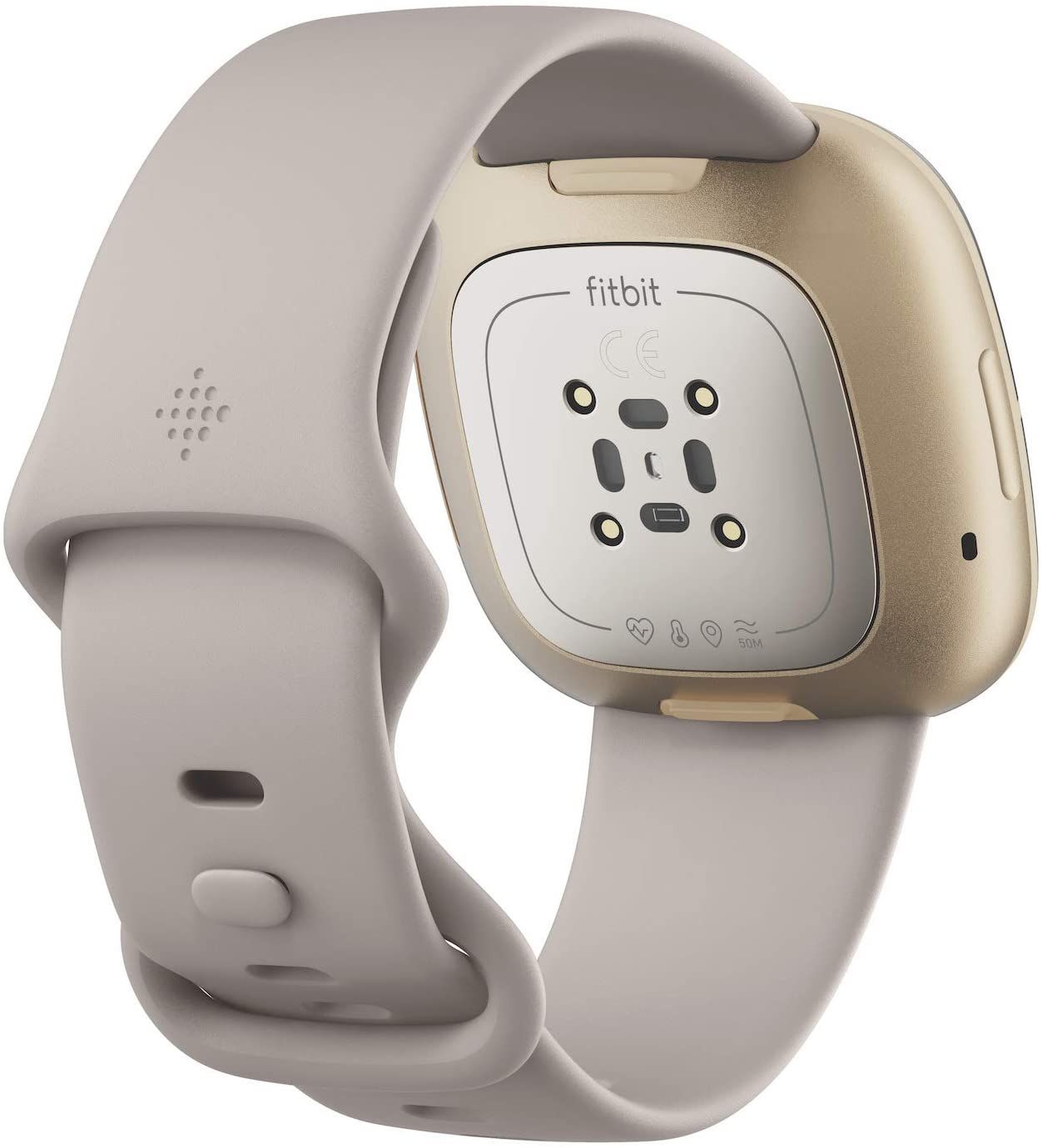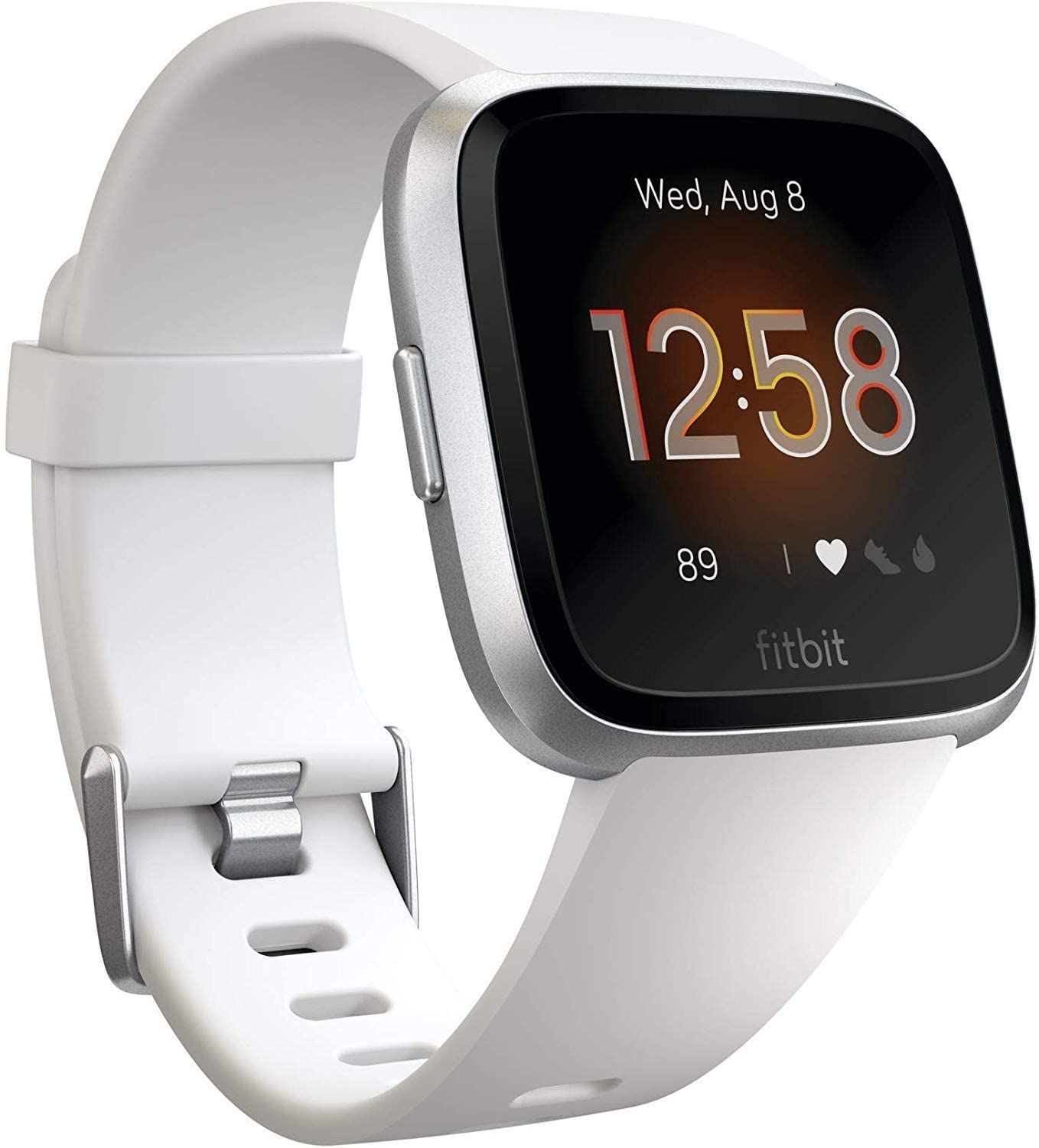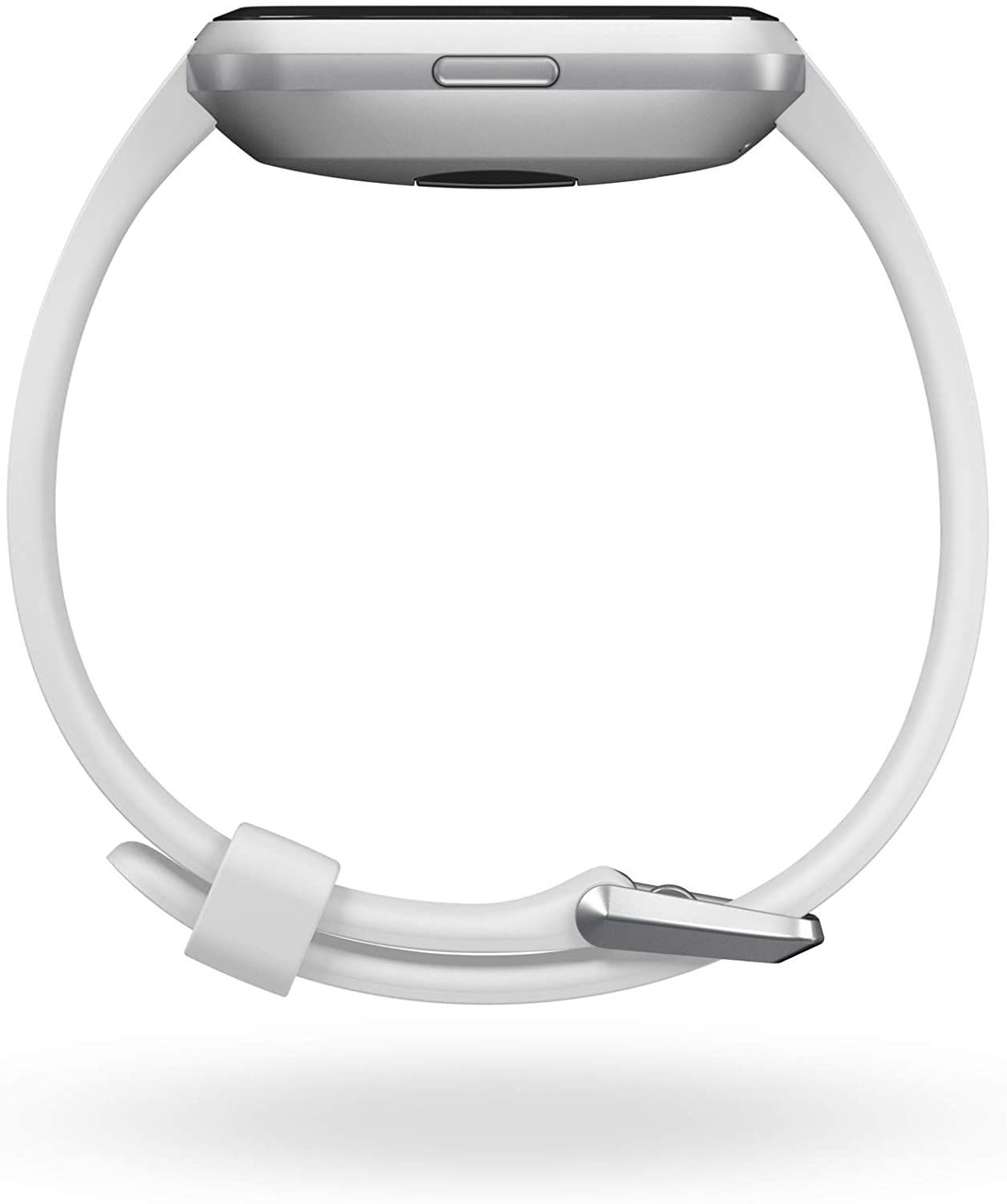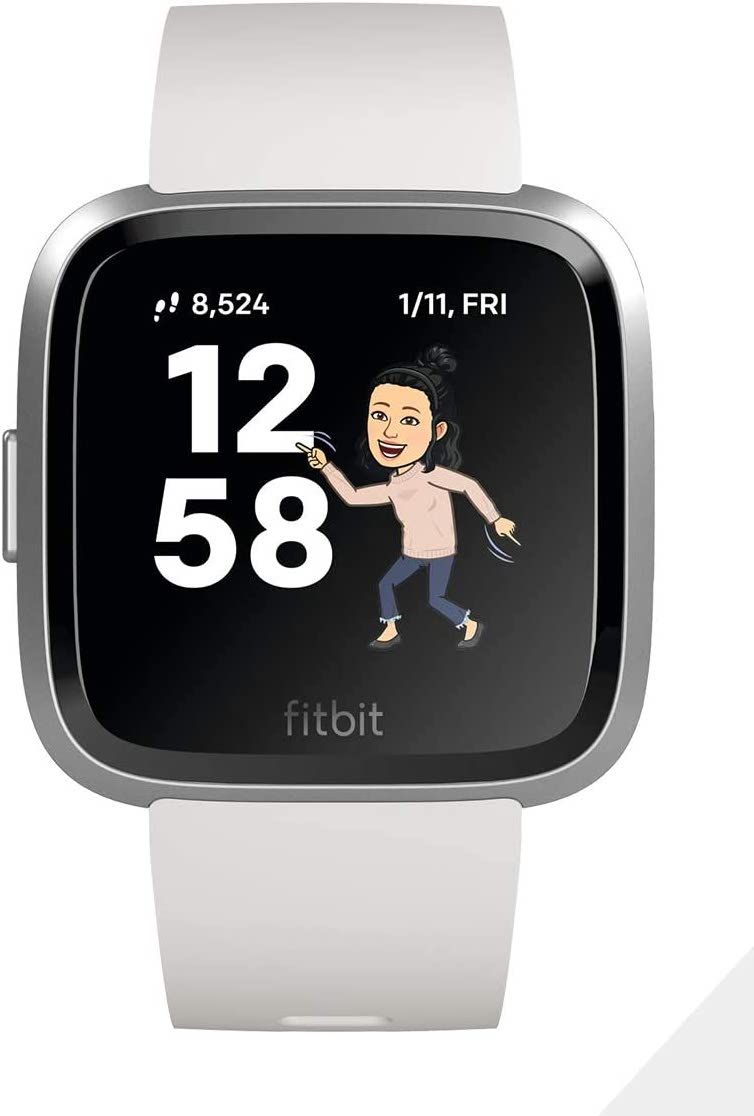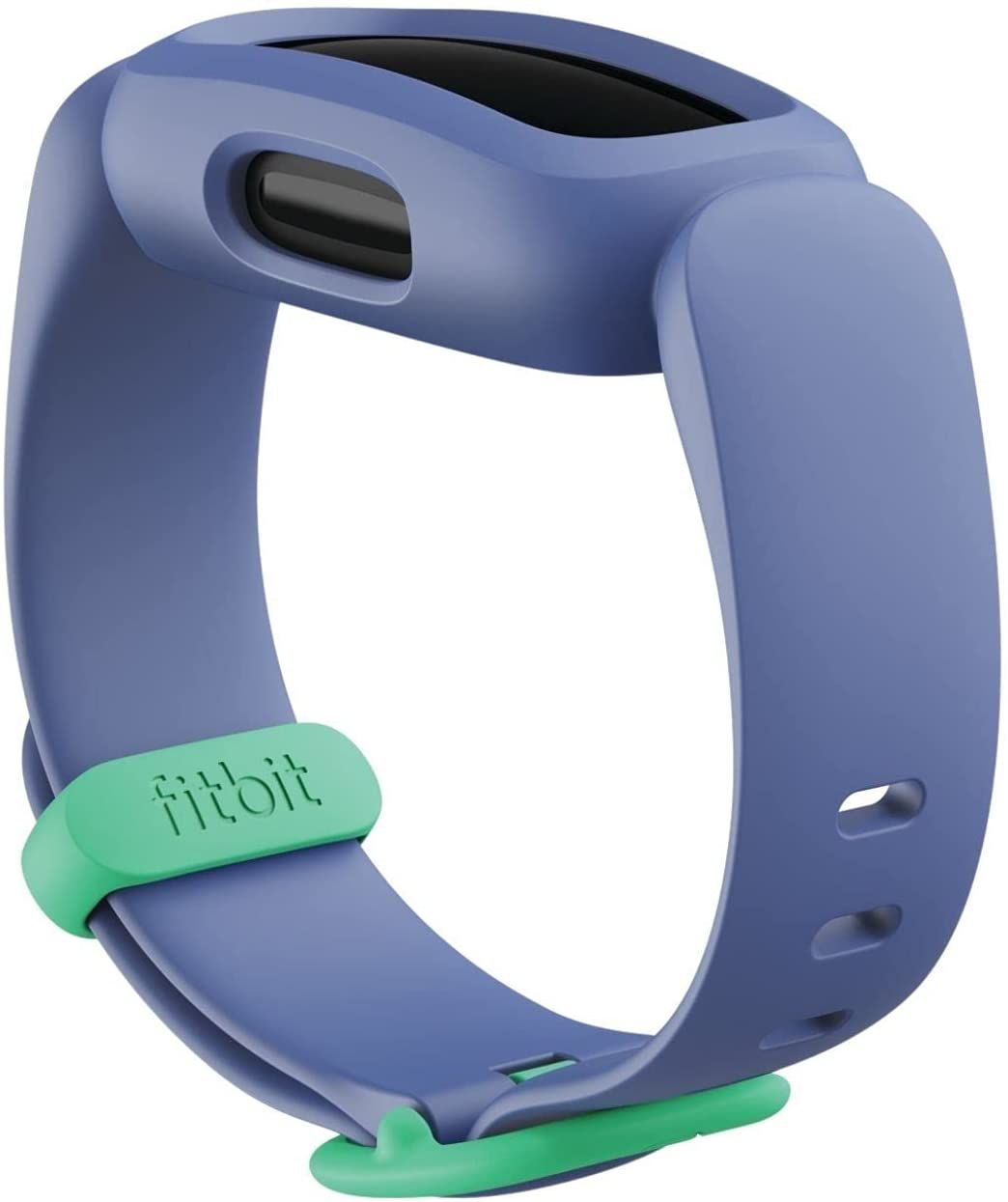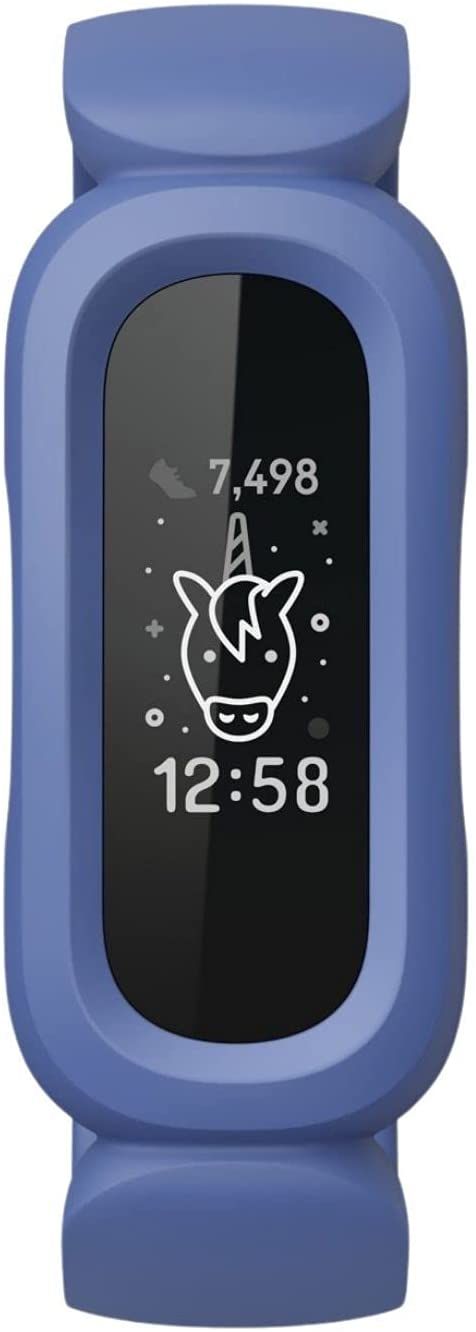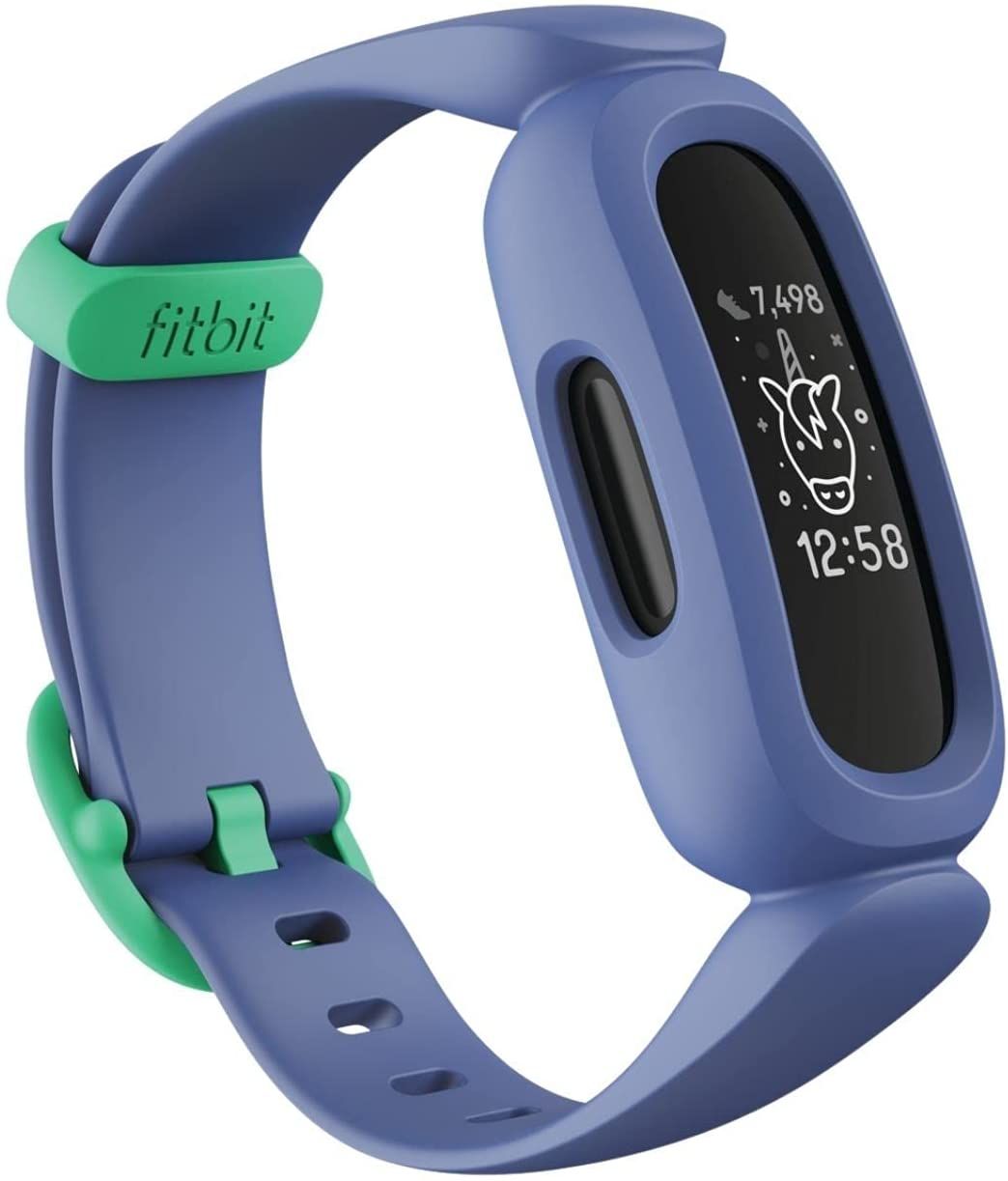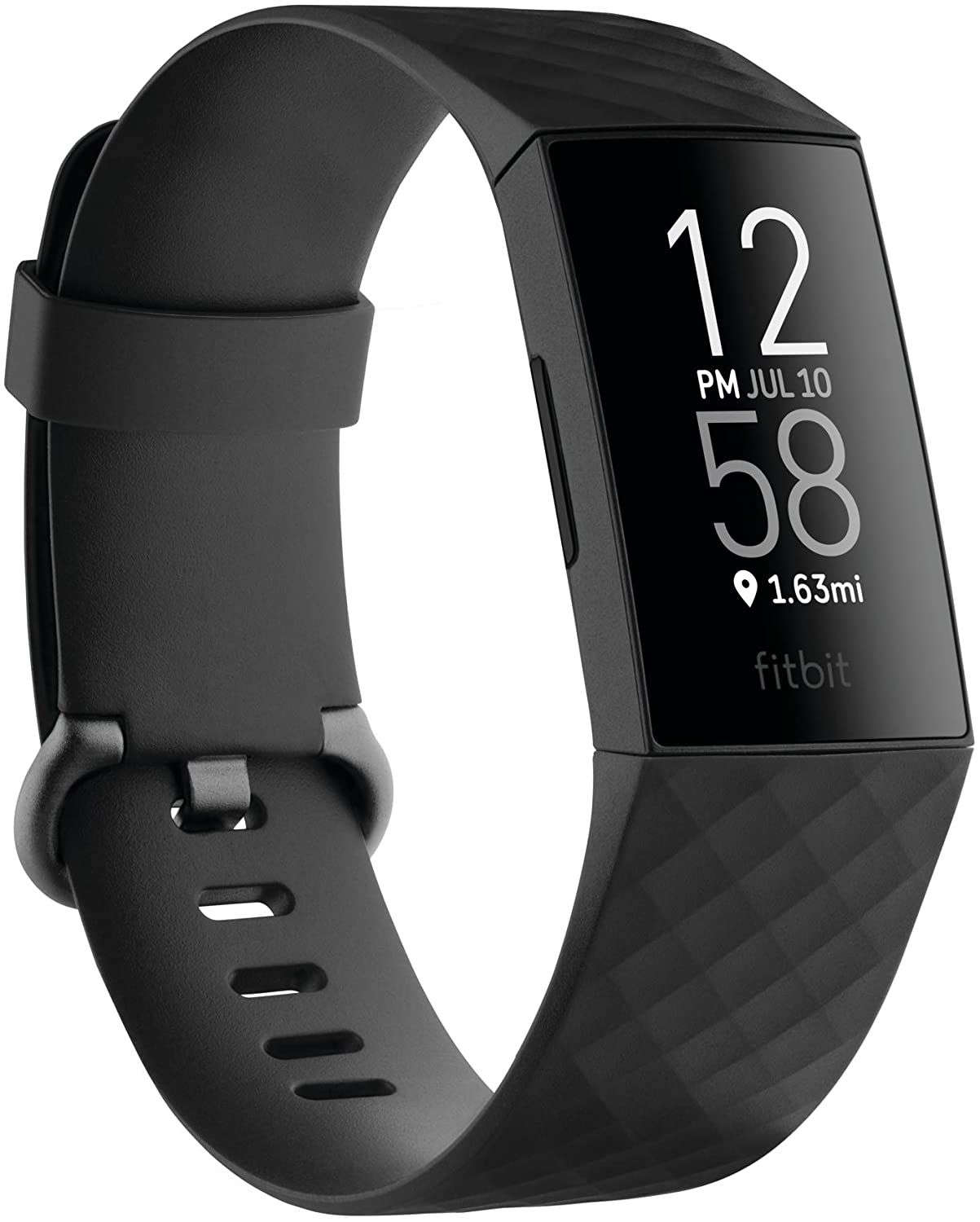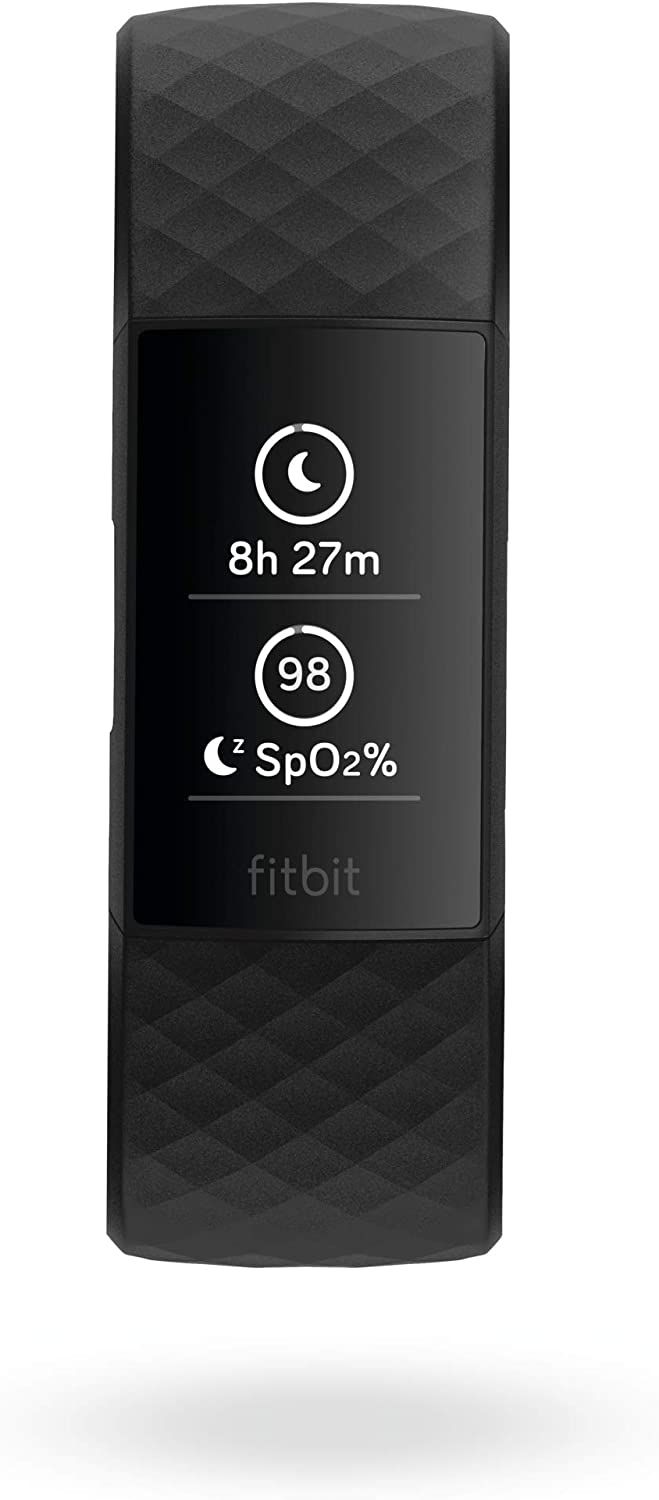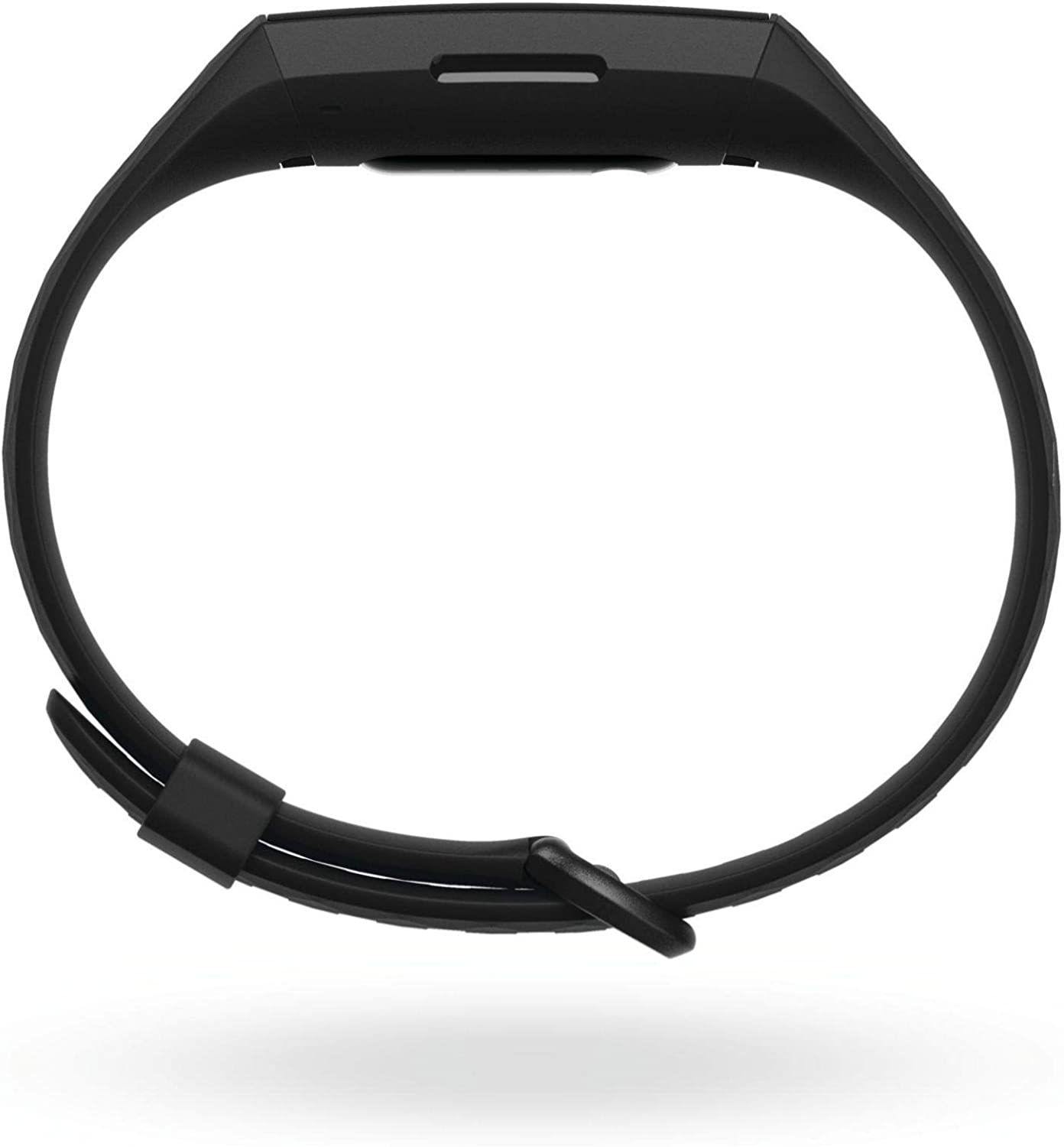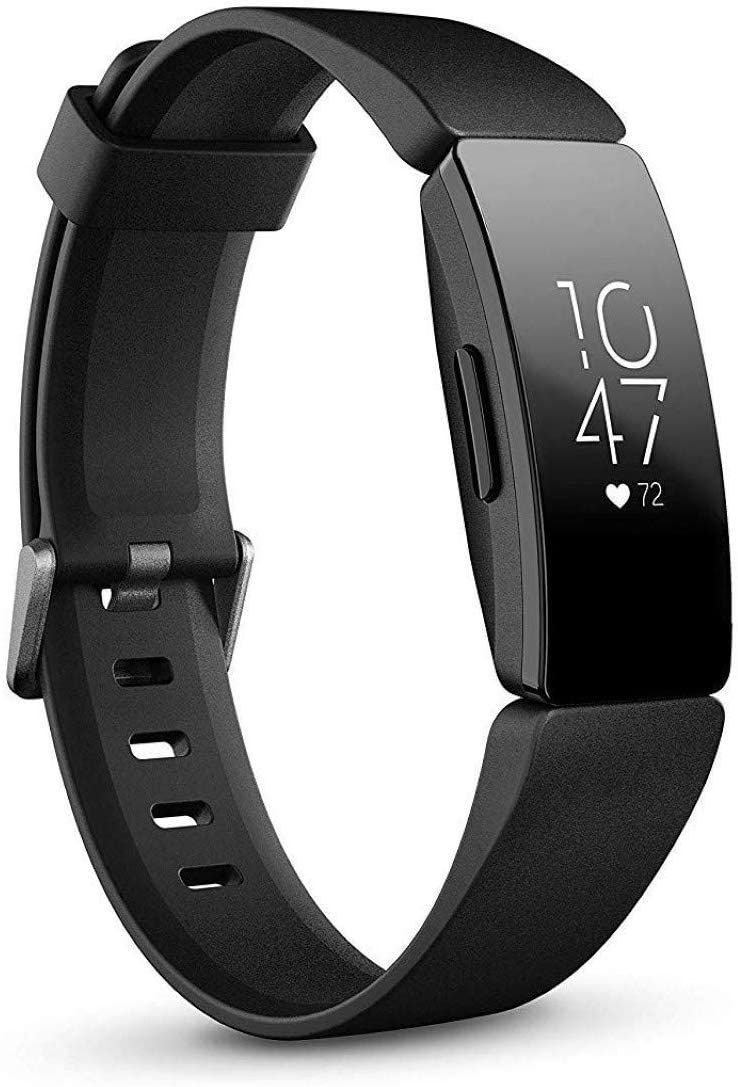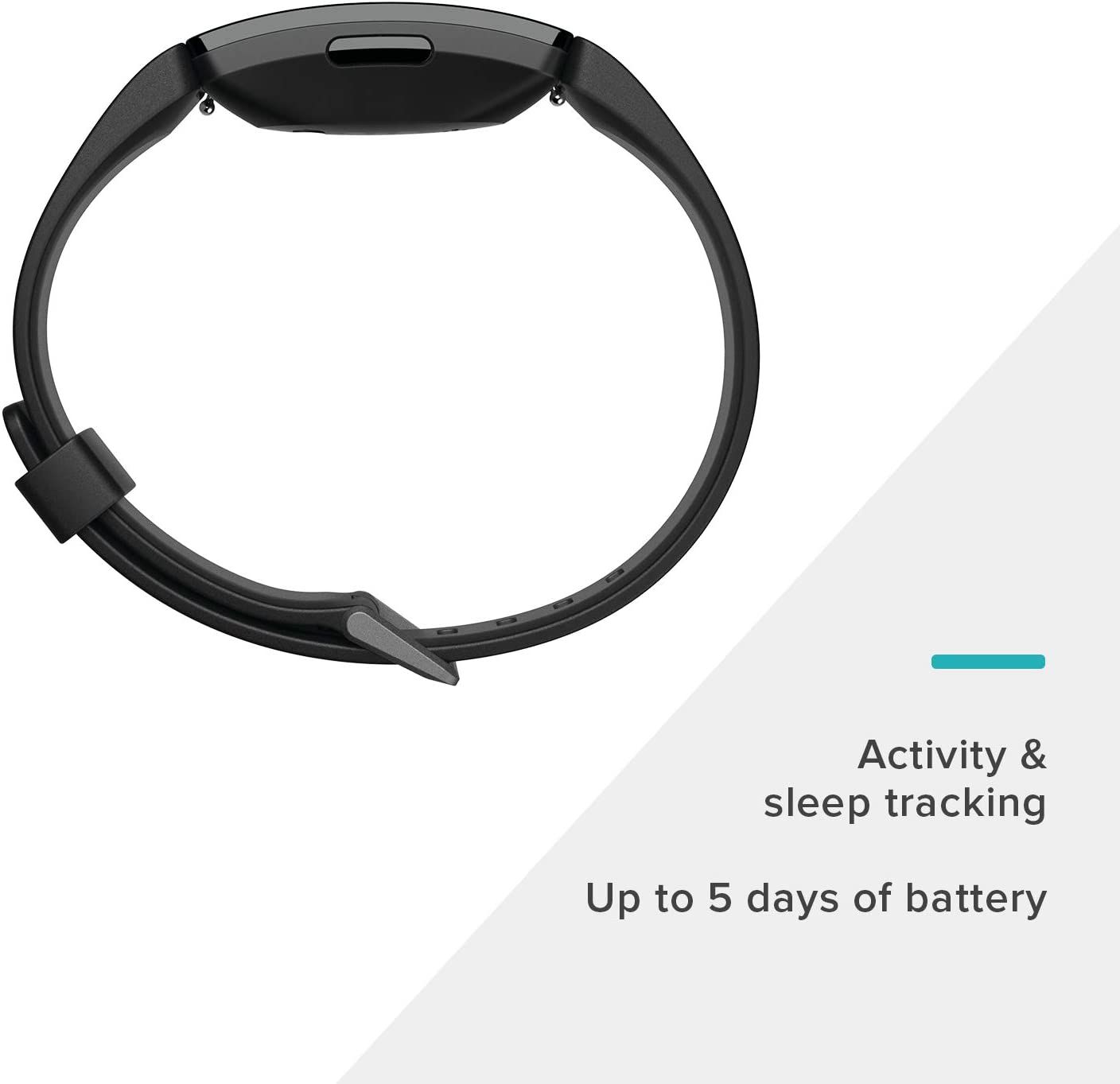- 8.40/10 1. Premium pick: Fitbit Sense 2
- 8.80/10 2. Editors choice: Fitbit Charge 5
- 9.00/10 3. Best value: Fitbit Inspire 2
- 8.00/10 4. Fitbit Luxe
- 9.00/10 5. Fitbit Versa 3
- 9.00/10 6. Fitbit Sense
- 9.00/10 7. Fitbit Versa Lite
- 9.40/10 8. Fitbit Ace 3
- 8.80/10 9. Fitbit Charge 4
- 8.80/10 10. Fitbit Inspire HR
When it comes to fitness trackers, Fitbit is the first company that comes to most people's minds. Fitbit has built a reputation for affordable, feature-packed devices. The company has even turned its hand to smartwatches, giving Apple a run for its money.
The range has grown over the years, from just a few devices to an eclectic assortment for every situation.
With so many options out there, we've created this Fitbit comparison to help find the right device for you.
Taking the success of the Fitbit Sense, the Fitbit Sense 2 offers some upgrades like stress tracking, which is ideal for monitoring your overall health, as well as fitness. The trouble with it is, there seems to be a lack of clear direction. This new Fitbit ditches third-party support, there's no music app, and a subscription is required for many of the features.
The Fitbit Sense 2 did have a physical upgrade though; a button has been added to this fitness tracker, removing the need to use a touch panel. However, the watch is still fairly chunky, especially in comparison to some of the Apple Watch models.
In terms of features, you'll get a decent amount built-in, like GPS, voice assistant, health sensors, and more. In fact, it's very similar to the Fitbit Versa 4. However, to be able to view insights, training readiness, sleep restlessness, etc., you will need a Fitbit Premium subscription.
- Workout intensity map
- Sleep Profile and Sleep Score
- Daily Stress Management Score
- ECG app
- Brand: Fitbit
- Heart Rate Monitor: Yes
- Color Screen: Yes
- Notification Support: Yes
- Battery Life: 6+ days
- Display: AMOLED
- IP rating: 50m
- Colors: Blue mist and pale gold
- Workout detection: Yes
- Exercise modes: 40+
- Vibrant display
- Stylish
- Comfortable to wear
- Decent battery life
- No music app support
- Subscription needed for many features
The Fitbit Charge 5 offers extreme value for money. It comes packed with an impressive lineup of sensors and tools not only designed to help you maintain and improve your health but also ones to assist you with your day-to-day life, such as contactless payments.
The most noticeable upgrade from the Fitbit Charge 4 is the new Fitbit Charge 5's AMOLED screen. It is much brighter, more colorful, and easier to use when on the go. It also features onboard GPS to track your running routines, saving you from needing a smartwatch or app on your phone to track your routes.
Another unique feature of the Fitbit Charge 5 is stress monitoring. It measures irregularities in your skin's electrodermal activity (EDA); higher levels, which are caused by adrenal activity, will indicate higher levels of stress, letting you know when it might be time to take it easy.
- Stress management tools
- Sleep tracking
- Color touchscreen
- Real-time pace and distance tracking
- Brand: Fitbit
- Heart Rate Monitor: Yes
- Color Screen: Yes
- Notification Support: Yes
- Battery Life: 7 days
- Display: 1.04-inch AMOLED
- Health sensors: Accelerometer, SpO2, Skin temperature, ECG
- IP rating: 50m
- Small bands: No
- Large bands: Yes
- Colors: Steel Blue/Platinum, Graphite/Black, Lunar White/Soft Gold
- Mobile payments: Fitbit Pay
- Workout detection: Yes
- Exercise modes: Yes
- Tons of sensors and tools
- Several stylish design options
- Bright colorful screen
- No smart assistant integrations
If you're looking for an entry-level model that gives you access to Fitbit's platform, you should consider the Fitbit Inspire 2. This affordable fitness tracker is still packed full of features, though. For instance, the device is water-resistant to 50 meters, has automatic exercise recognition, and hourly reminders to move.
In many ways, the Inspire 2 is very similar to the Charge 4. However, to keep the price down, the device has fewer features than its premium sibling. You won't find Fitbit Pay support as there is no NFC chip, you can't track floors climbed, and notification-based quick replies are off the list, too. Despite these omissions, the Inspire 2 is still one of the best fitness trackers available today.
This is mostly down to Fitbit's mature fitness platform. By connecting the Inspire 2 to the companion smartphone app, you get access to detailed data and tools to improve your overall health. The tracker monitors your sleep, and the resulting data can be viewed in the app. Likewise, health rate monitoring, food and water intake, weight, and menstrual health can be analyzed using the Fitbit app.
- Heart rate monitoring
- Sleep tracking
- Exercise tracking
- Brand: Fitbit
- Heart Rate Monitor: Yes
- Color Screen: No
- Notification Support: Yes
- Battery Life: 10 days
- Integrations: MyFitnessPal, Strava
- 10-day battery life
- Most affordable device in the Fitbit range
- No support for Fitbit Pay
- No on-board GPS
4. Fitbit Luxe
The Fitbit Luxe fitness tracker is functionally very similar to the Fitbit Inspire 2. However, the main difference between the two units is the aesthetic design. Where the Inspire 2 is a traditional fitness tracker, the Luxe is designed to look more like a fashion accessory or item of jewelry. As a result, the company specifically aims this wrist-worn device at female users. You could view that cynically, but it is also true that most technology products are often designed by men and don't account for the day-to-day realities of other experiences, like smaller wrists or style expectations. To that end, the Fitbit Luxe fitness tracker is available in three colors; Lunar White, Black, and Orchid. There's also a special edition variant with a bracelet from the jewelry brand gorjana. Aside from the physical design, the most notable difference between the Inspire 2 and Luxe is the color screen. Despite this, the tracker can last up to five days on a single charge before it needs a top-up. You can monitor your activity throughout a whole day, including your sleep, and keep tabs on your overall stress levels.As this tracker is aimed at women, the company also highlights its Menstrual Tracking feature, which is available through the Fitbit smartphone app.
- Available in three colors; Lunar White, Black, and Orchid
- All day fitness tracking and sleep monitoring
- Five-day battery life
- Brand: Fitbit
- Heart Rate Monitor: Yes
- Color Screen: Yes
- Notification Support: Yes
- Battery Life: 5 days
- Integrations: MyFitnessPal, Strava
- Color screen
- Stress monitoring and analysis
- Syncs to your Fitbit account for access on your smartphone or web browser
- No onboard GPS sensor
5. Fitbit Versa 3
The Fitbit Versa 3 builds upon the successes of previous Versa devices. This slimline smartwatch runs Fitbit OS, the company's smartwatch operating system, enabling a range of smart features. Although the Sense shares many of the features found here, the Versa 3 is focused on fitness rather than well-being.
The smartwatch comes with a built-in GPS sensor, a workout intensity map, and Active Zone Minutes tracking. You can view detailed information by syncing the watch with the Fitbit app, but there's also plenty to explore on the watch itself.
The square color touchscreen makes it easy to interact with the Versa 3's features, start and stop workouts, and monitor your progress throughout the day.
Many people opt for a smartwatch as a way to decouple themselves from their smartphones. The Versa 3 can help with that aim as it comes with the ability to mirror notifications.
The built-in speaker means that you can take calls directly from the watch. If you prefer using your voice to interact with technology, the Versa 3 supports Google Assistant and Amazon Alexa. Not only does this make using the watch easier, but you can even control your other smart home devices through your Versa 3.
The Versa 3 also supports Fitbit Pay, so you can safely leave your phone at home when out for exercise. It's also possible to download and listen to Spotify, Deezer, and Pandora playlists on the smartwatch; all you need to do is connect Bluetooth headphones to the Versa 3.
The smartwatch comes with an updated magnetic charger, so it should be noticeably easier to locate the watch into the changer than previous Versa models. Once charged, the Versa 3 can last up to six days on a single charge.
All of this is in addition to Fitbit's popular fitness tracking capabilities, which are shared among all the company's devices. If you're in the market for a fitness-focused smartwatch, you may want to check out our original Fitbit Versa review.
- Runs Fitbit OS smartwatch operating system
- Built-in speaker for receiving calls
- Notification mirroring and quick-reply support
- Brand: Fitbit
- Heart Rate Monitor: Yes
- Color Screen: Yes
- Notification Support: Yes
- Battery Life: 6 days
- Integrations: Amazon Alexa, MyFitnessPal, Strava
- Colors: Black, Blue / Gold, Pink / Gold, Thistle
- Workout detection: Yes
- Built-in GPS
- Long battery life
- Can store music for offline playback without a smartphone
- Lack of integration with Apple Health or Google Fit
- Fitbit Pay not supported by the majority of banks
6. Fitbit Sense
The Fitbit Sense is a well-being-focused smartwatch. While many of Fitbit's popular fitness tracking capabilities can be found here, there are a range of features designed to help you feel better in yourself, with fitness as just one component in the overall picture.
For many years, the company's devices have promoted mindfulness and breathing exercises to manage stress. However, the Sense incorporates new sensors to help you manage your well-being.
The smartwatch features an Electrodermal Activity (EDA) sensor. Placing your palm over the watch allows the sensor to detect electrical changes in your skin's sweat. The EDA data is passed through to the Fitbit app and is accessible in the app's new Mindfulness tile.
The company suggests measuring your EDA before and after a mindfulness session to see the physical effect meditation has on your body. The EDA measurements are useful on their own, but when coupled with heart rate data, steps taken, exercise tracking, and food consumption, they help build a picture of your overall health and well-being.
The Apple Watch is generally considered the gold standard for health-related features. The Fitbit Sense takes cues from Apple's offering by introducing ECG monitoring. By keeping a watchful eye on your heart rhythm, the Sense can alert you to signs of atrial fibrillation, a common but potentially severe heart condition. Holding your finger on the metallic ring around the outside of the watch for 30 seconds allows Fitbit to observe your ECG measurements, which you can later download and share with your doctor.
Alongside that specific measurement, the always-on heart rate monitor can keep tabs on your heart throughout the day and night. By setting rate limits, the Sense smartwatch can alert you if you venture outside of those thresholds. The watch also includes a skin monitoring sensor that can detect changes in temperature, either due to fever or change in menstrual phase.
Since the onset of the COVID-19 pandemic, Fitbit has been conducting its own study into the virus using its Premium dashboard. They hope that combining the Sense's tracking capabilities and data analysis can help detect infections, allowing affected users to seek medical assistant and isolate to protect others.
- ECG Monitor
- Electrodermal Activity (EDA) sensor
- Works with Amazon Alexa
- Heart Rate Monitor: Yes
- Color Screen: Yes
- Notification Support: Yes
- Battery Life: 6 days
- Integrations: Amazon Alexa, MyFitnessPal, Strava
- Six-day battery life
- Additional sensors focused on health monitoring
- Still quite expensive
- Lack of integration with Apple Health or Google Fit
7. Fitbit Versa Lite
If you like the Versa 3's style but aren't too keen on the price, you could consider the Fitbit Versa Lite instead. This smartwatch was first launched in March 2019, however, comes equipped with many of the same sensors and features as its more costly sibling.
Although the Versa Lite is similar to the Versa 3, some notable omissions keep the cost down. The smartwatch doesn't support Fitbit Pay as there is no NFC chip. There's also no Wi-Fi connectivity, and the battery life is reduced to four days. The lack of an altimeter means you can't track floors climbed. Lap tracking for swimming is also missing.
However, those features aside, the Versa Lite is functionally similar to the more premium device. You can track your exercises, keep an eye on your heart rate, monitor your sleep, and respond to messages using the quick-reply support.
- Fitbit OS smartwatch software
- Large color touchscreen
- Water-resistant to 50m
- Brand: Fitbit
- Heart Rate Monitor: Yes
- Color Screen: Yes
- Notification Support: Yes
- Battery Life: Four days
- Integrations: MyFitnessPal, Strava
- Affordable price
- Notification mirroring and quick-reply support
- No Wi-Fi support
- Doesn't support Fitbit Pay due to lack of NFC
- No altimeter, so can't track floors climbed
8. Fitbit Ace 3
The Fitbit Ace 3 is a smartwatch-styled fitness tracker for kids aged six and over. Its core is a typical fitness tracking unit, but it's surrounded by a rugged outer shell available in three colors; Black, Cosmic Blue, and a special edition Minions Yellow. These playful options are kid-friendly, and there are other adjustments made for younger users, too. For instance, the Ace 3 is water-resistant up to 50m, so it should survive even the most adventurous children. The band is made from flexible silicone and comes with a plastic buckle, making it comfortable and safe to wear over extended periods. This is fortunate, as the Ace 3 offers an eight-day battery life so that you can track over a week's worth of activity, including daily movement and sleep. Heart rate sensors are built into the tracker, although they are disabled and cannot be turned on manually. Presumably, this is to future-proof the fitness tracker, although it's unclear what plans, if any, Fitbit has for enabling heart rate monitoring on the Ace 3. Importantly, you don't have to hand over control of an entire Fitbit account to your young child. Instead, you can set up the tracker through a parent's account, keep tabs on their daily activity, and schedule bedtime reminders and alarms. However, should you wish, you can enable the Fitbit App Kid View to offer a simplified visual take on the data.
- Eight-day battery life
- Kid-friendly rugged design
- Water-resistant up to 50m
- Brand: Fitbit
- Heart Rate Monitor: Yes, disabled
- Color Screen: No
- Notification Support: No
- Battery Life: 8 days
- Integrations: Fitbit App Parent View
- All day activity monitoring, including steps and sleep
- Data syncs to Fitbit App Parent View for parental oversight
- Can enable the Fitbit App Kids View for a simplified visual overview
- Heart rate sensors included but disabled and can't be turned on
9. Fitbit Charge 4
Similar in design to the Charge 3, the Fitbit Charge 4 offers some new features which really set it apart. This includes built-in GPS, Spotify, and Fitbit Pay; convenient if you want to leave your phone at home when you're out on a run.
The Fitbit Charge 4 is reasonably priced, making it a worthy upgrade over the Charge 3. You can easily track your exercise, whether it's swimming, running, or walking. There's also sleep tracking and all-day heart rate monitoring, which is a great investment in keeping an eye on your health.
Although there's no color screen and the design hasn't really had much of an upgrade, the Fitbit Charge 4 is a more budget-friendly Fitbit option with all the features you need.
- Built-in GPS
- Works with Android and iOS
- SpO2
- 20+ exercise modes
- Brand: Fitbit
- Heart Rate Monitor: Yes
- Color Screen: No
- Notification Support: Yes
- Battery Life: 7 days
- Integrations: MyFitnessPal, Strava
- IP rating: 50m
- Small bands: Yes
- Large bands: Yes
- Heart rate zone tracking
- Slim design
- Saves activity data for up to 1 week
- No color display
- Similar design to previous models
10. Fitbit Inspire HR
The Fitbit Inspire HR is a good beginner fitness tracker for people who are interested purely in fitness metrics. It's not as detailed as other fitness trackers or smartwatches, but that's not what it's designed for.
This stylish fitness tracker replaced the Fitbit Alta HR and Fitbit Flex 2 and sports a basic display that gives you the information you need to know. For example, you can view daily stats, exercises, breathing sessions, and so on. The scrolling can get a little tedious, and is less intuitive than other Fitbit models, though.
The black and white screen on the Fitbit Inspire HR isn't an issue since the type of data you'll be viewing doesn't benefit from being in color. However, the thick bezels do seem unnecessary and feel like a lot of wasted space.
- Available in a selection of colors
- 2 hours charge time
- Stores heart rate data in 1 second intervals
- Brand: Fitbit
- Heart Rate Monitor: Yes
- Color Screen: No
- Battery Life: 5 days
- Small bands: Yes
- Large bands: Yes
- Colors: Black
- Workout detection: Yes
- Easy and simple to use
- Displays necessary data only
- Water resistant up to 50m
- Good battery life
- Still quite expensive
- Not as in-depth as similar fitness trackers
FAQ
Q: Which Is the Best Fitbit to Buy?
Fitbit offers two types of wrist-worn product; fitness trackers and smartwatches. These are optimized for different uses; fitness trackers are best suited to casual exercise and general well-being. The Versa 4 and the Sense 2 are fully-featured smartwatches running Fitbit OS, an operating system designed specifically for smartwatches. These two watches come with full-color touchscreens and can display more data on your wrist.
Similarly, they both come with GPS built-in, Bluetooth, and the ability to receive calls. Along with notification mirroring, the smartwatches help you reduce your smartphone usage. Although the Fitbit Inspire 3 is a more traditional fitness tracker, the Charge 5 also shares some smartwatch features, but without the color screen and call-handling capabilities.
As such, the best Fitbit will be the one that most closely matches your needs and budget.
Q: Which Is Better: The Apple Watch or a Fitbit?
Apple's business model encourages interoperability between the company's products. As a result, the Apple Watch, a smartwatch based on Apple's Watch OS operating system, has been incredibly popular among iPhone users. Android smartphone owners have more choice as multiple watches run Google's Wear OS software, but the experience is generally considered inferior to that of the Apple Watch.
Fitbit's fitness trackers are designed to be inexpensive health monitoring devices. Many early Fitbit fitness trackers were pedometers, capable of tracking steps, but not much else. The fitness trackers now come with more features but remain focused on exercise monitoring. Fitbit's smartwatches, the Sense 2 and Versa 4, are more comparable to the Apple Watch.
However, the Apple Watch is more tightly integrated with Apple's hardware and services. Fitbit's devices can't offer that level of integration, but they are considerably cheaper. However, the Sense's features are comparable to those found on the Apple Watch. The best smartwatch, then, will be the one that most closely matches your budget, requirements, and other devices.
Q: Did Google Buy Fitbit?
In November 2019, Google announced its intention to acquire Fitbit for $2.1 billion. Given the scale of the purchase and Google's dominant position in the technology sector, regulators worldwide need to approve of the transaction.
The deal was approved in late-2020, and was completed in January 2021. If you are concerned about this, you can find out more about how Google's purchase of Fitbit impacts your privacy.

